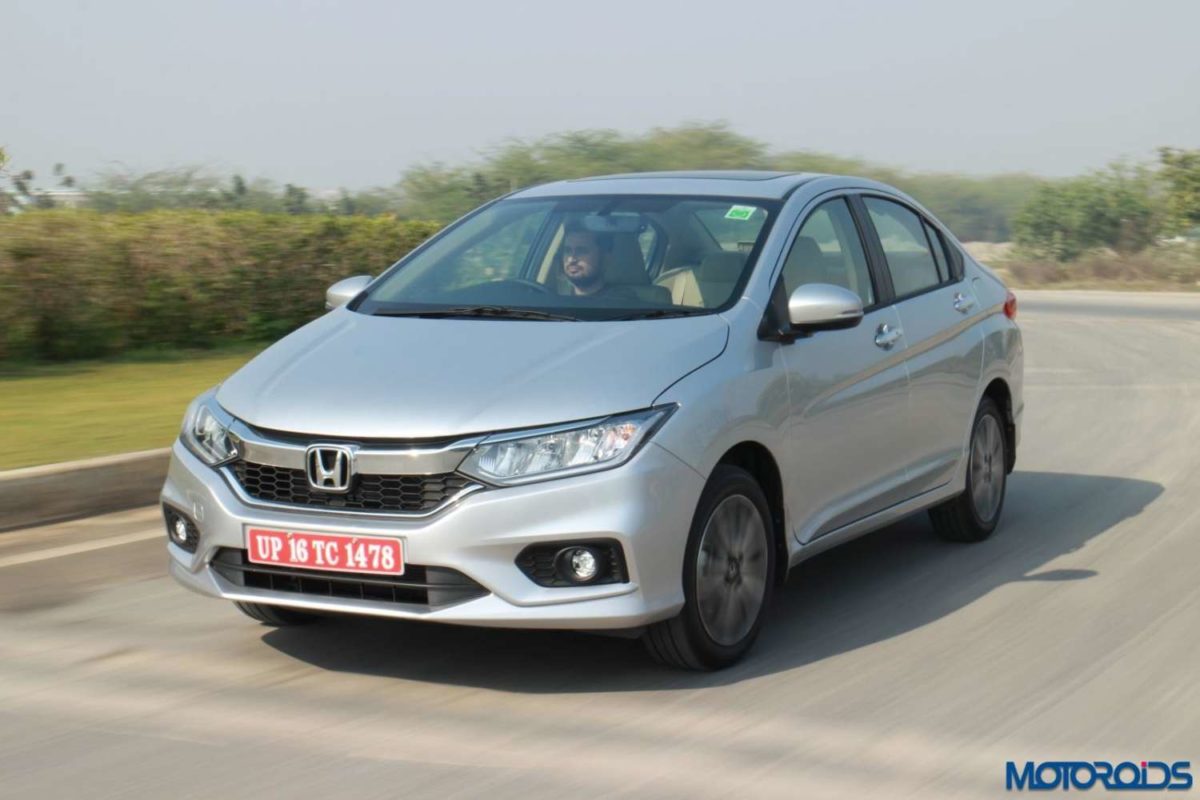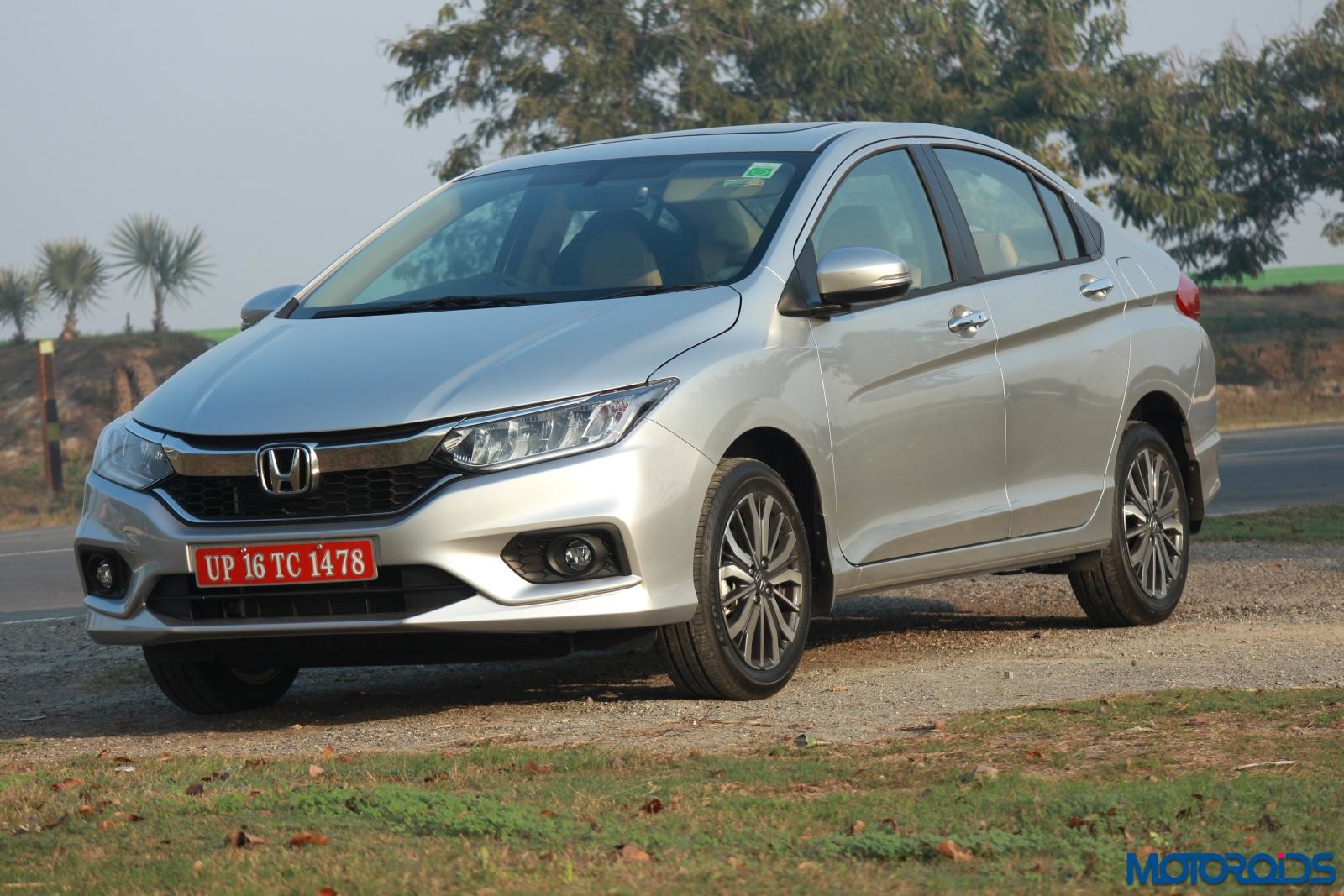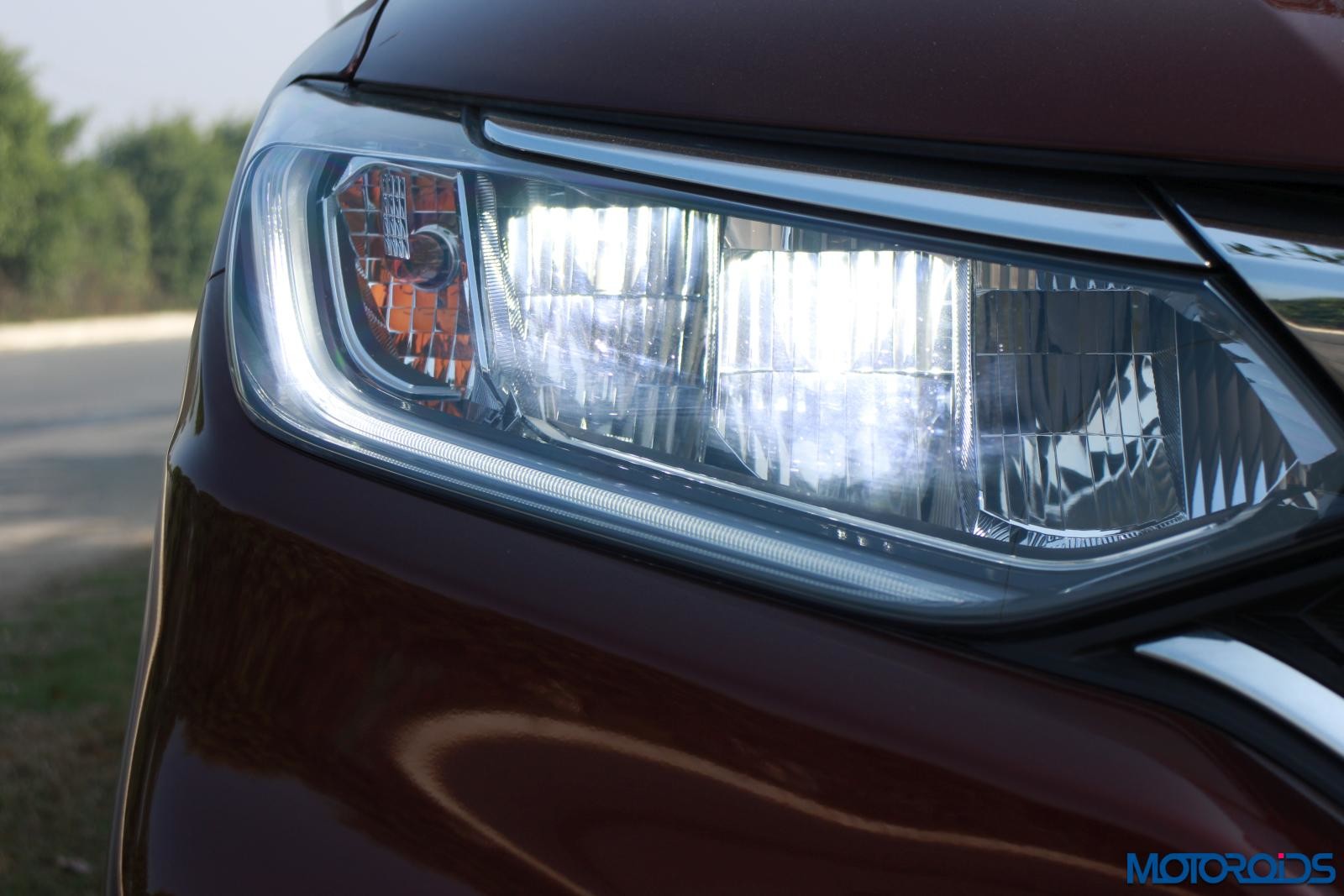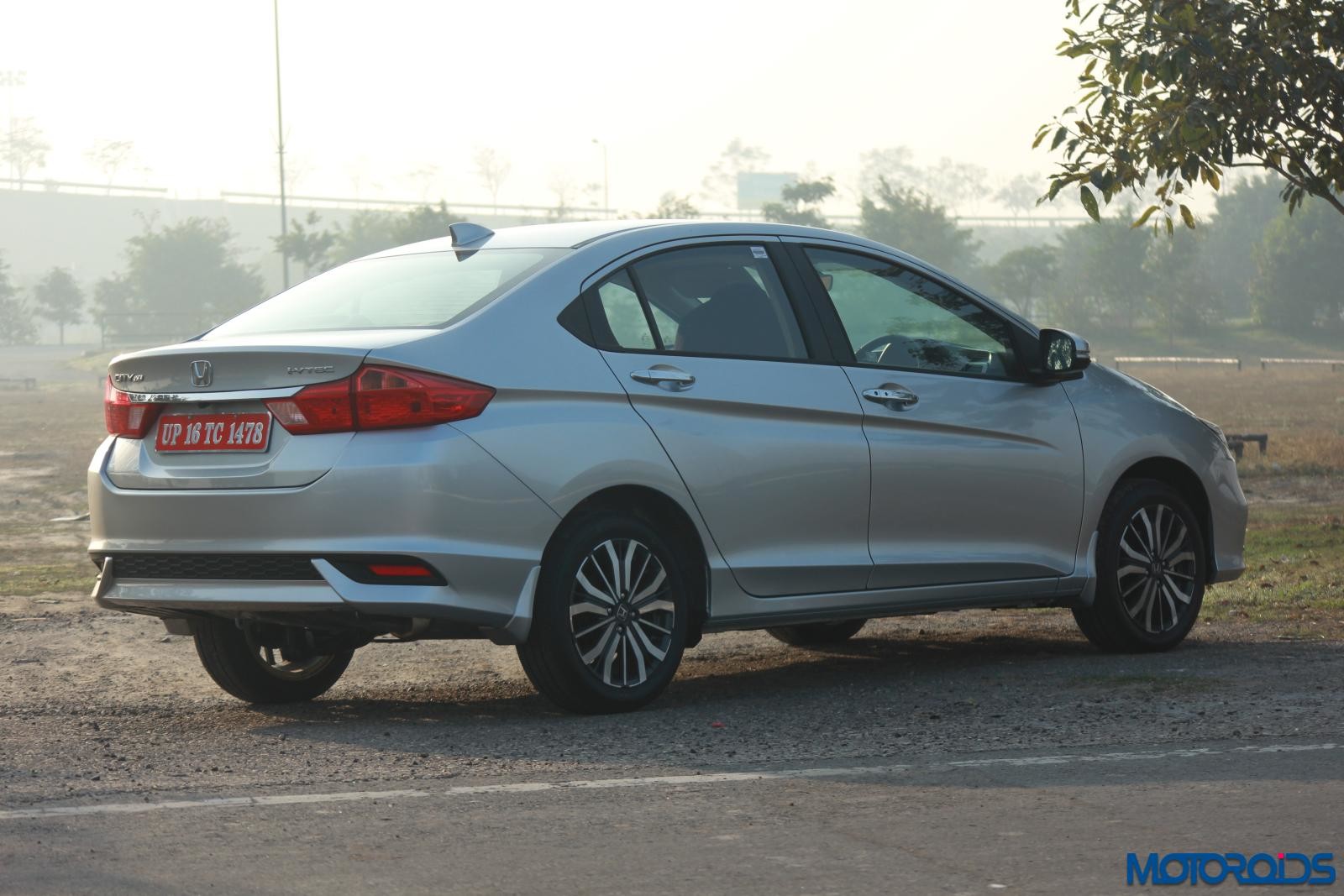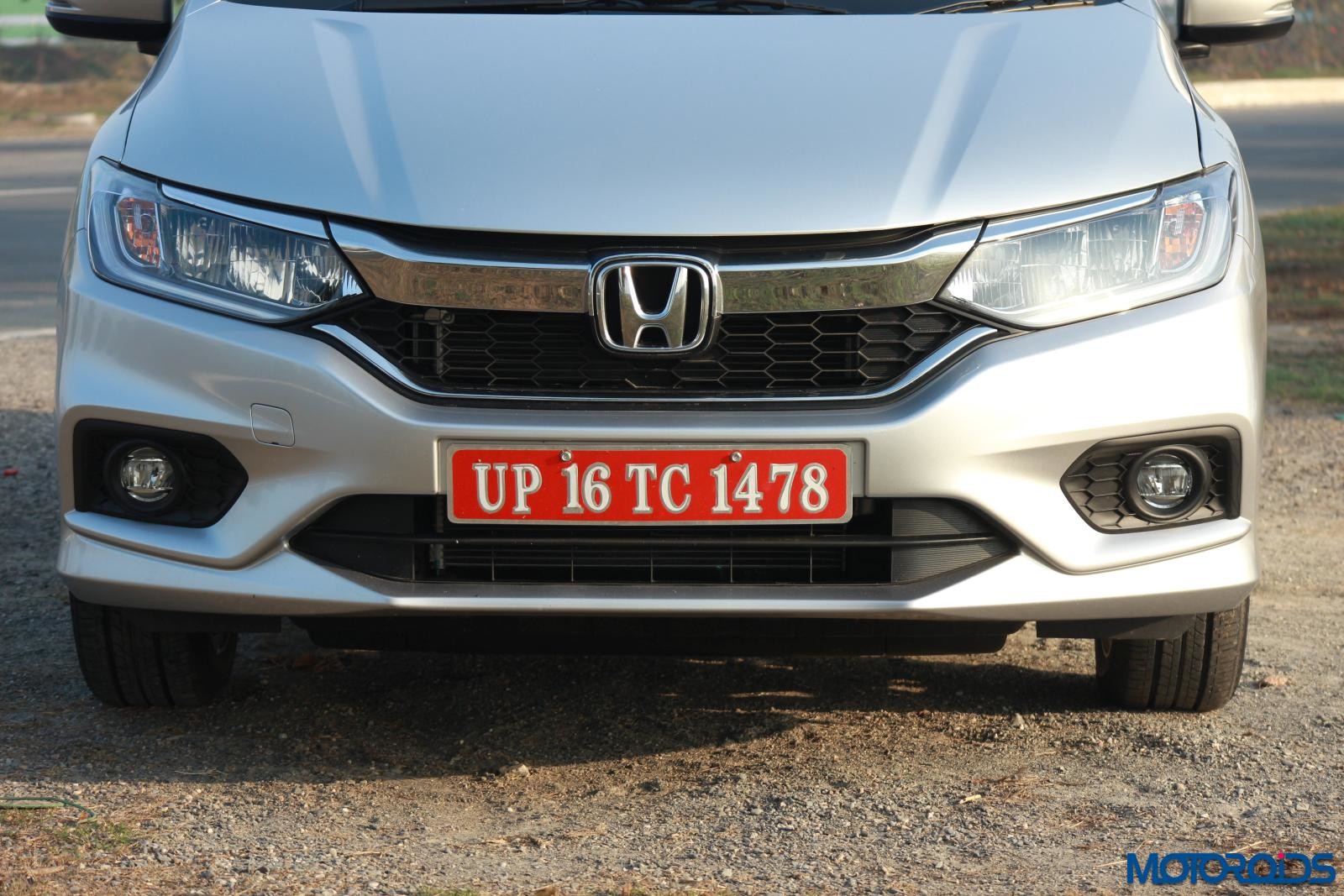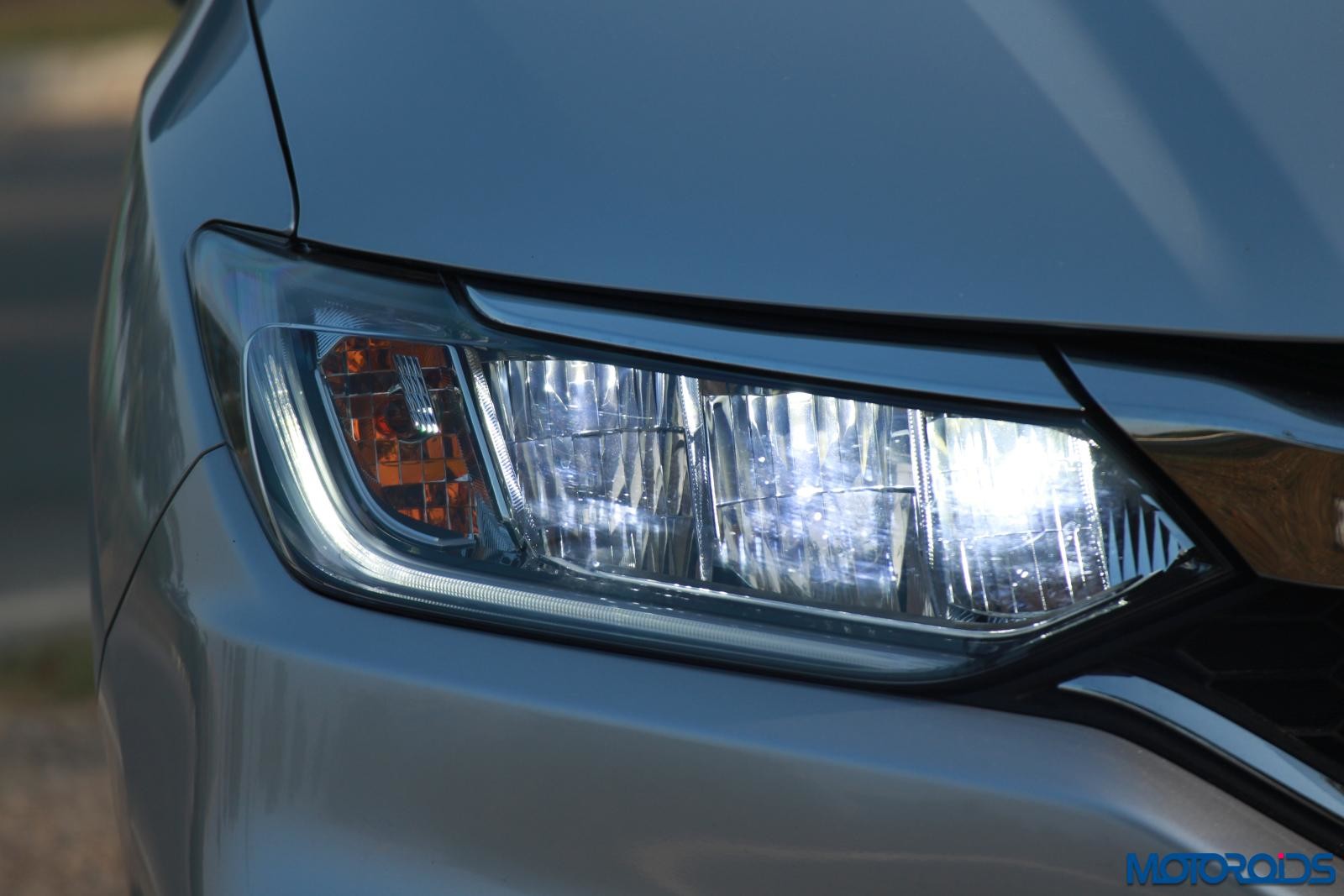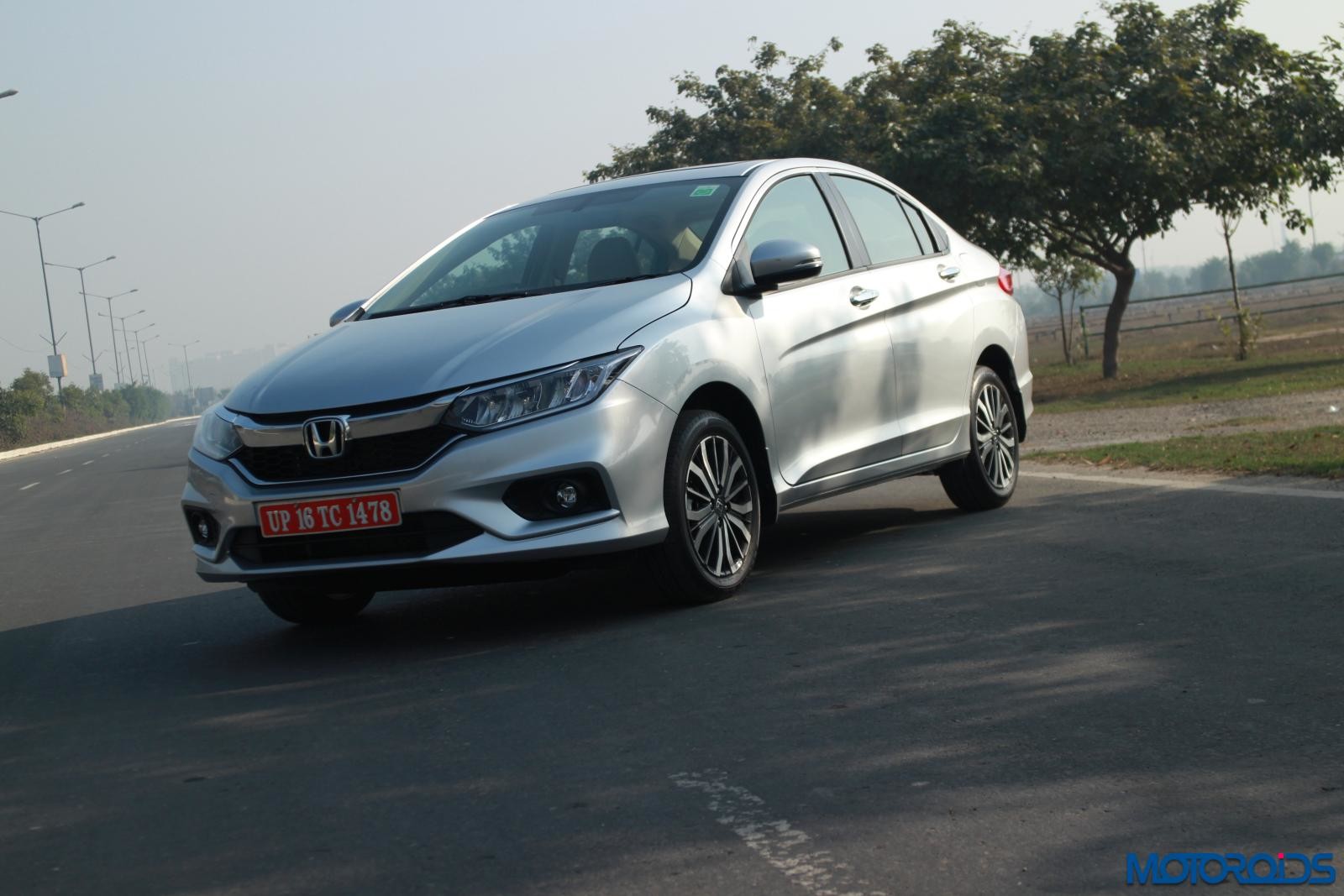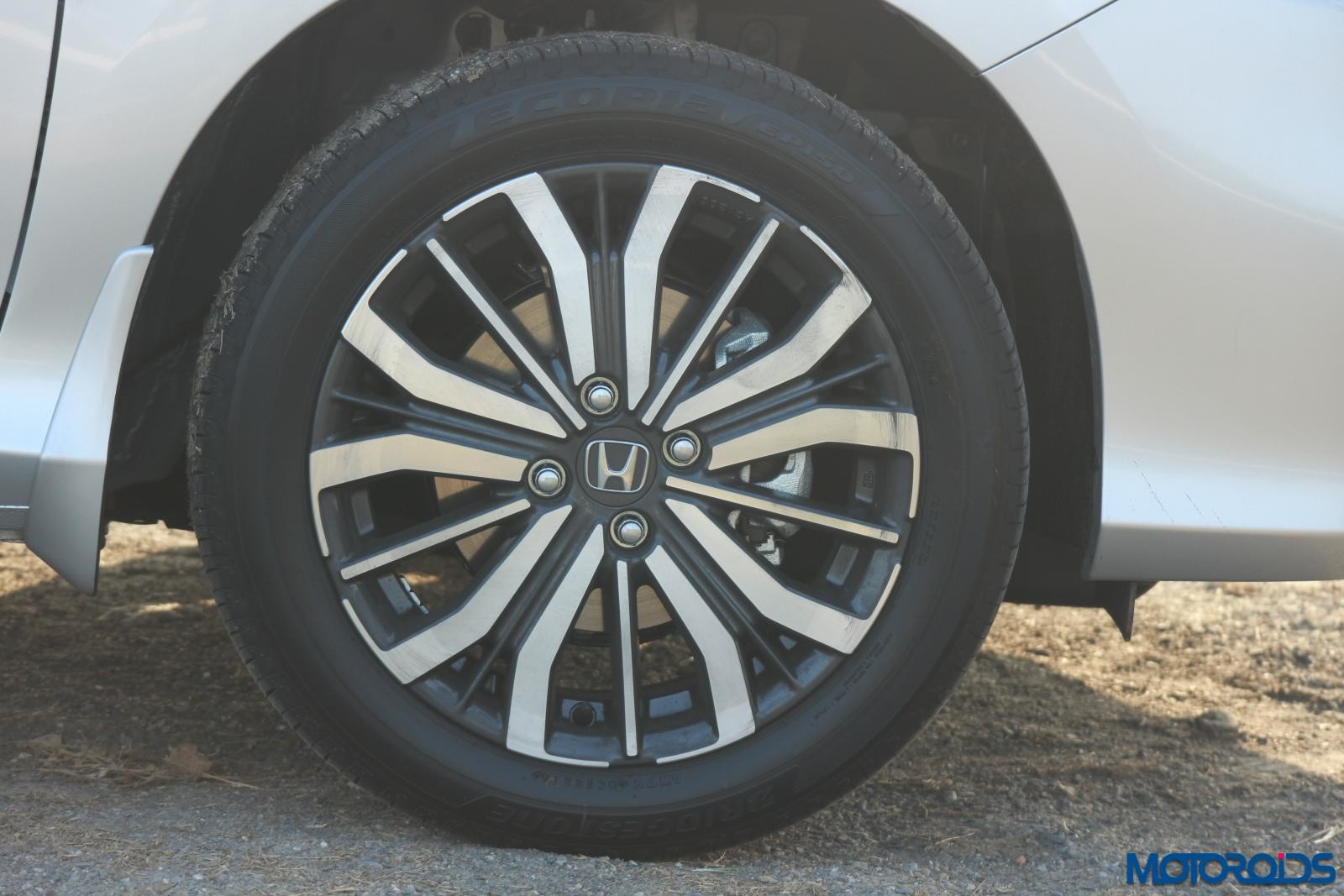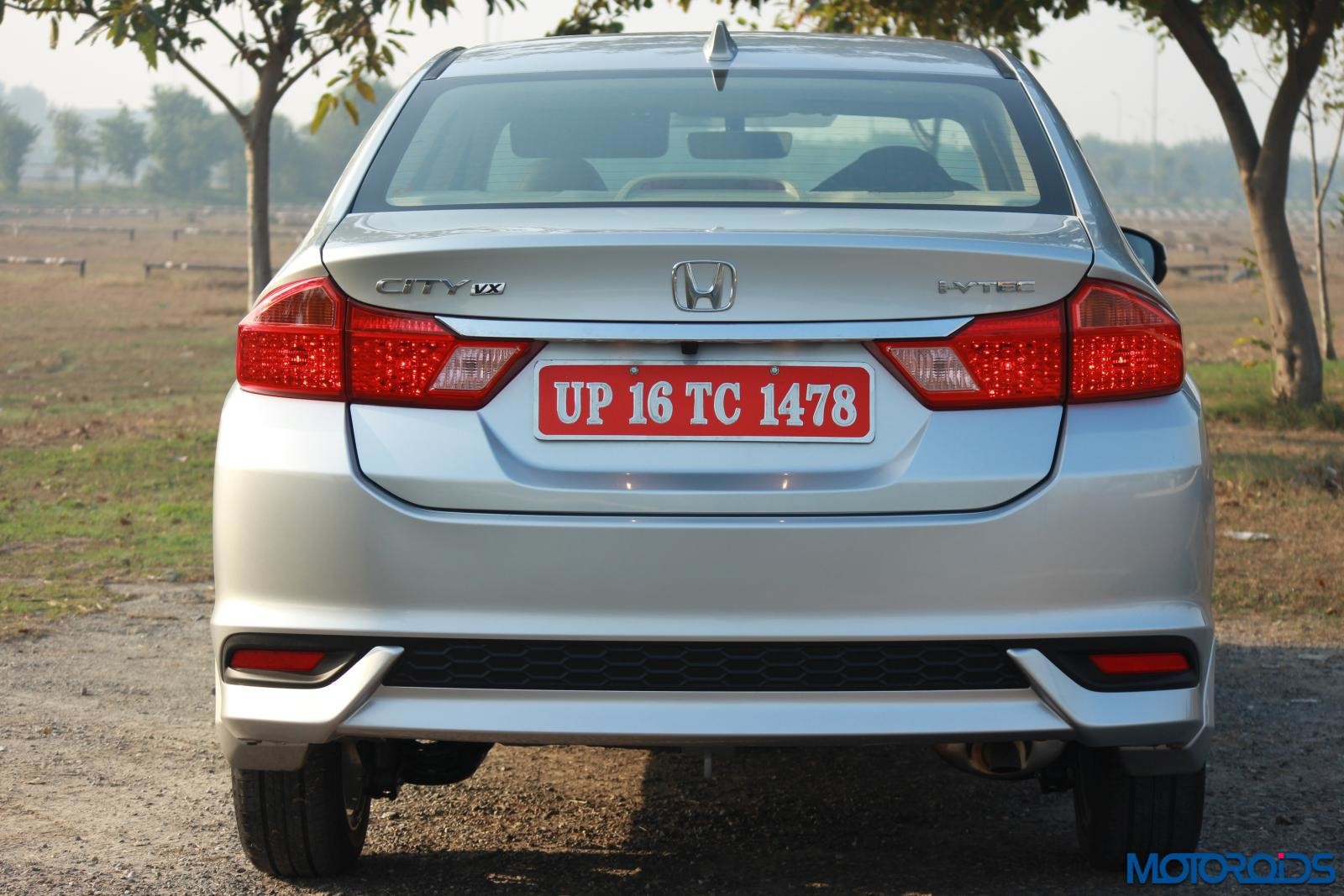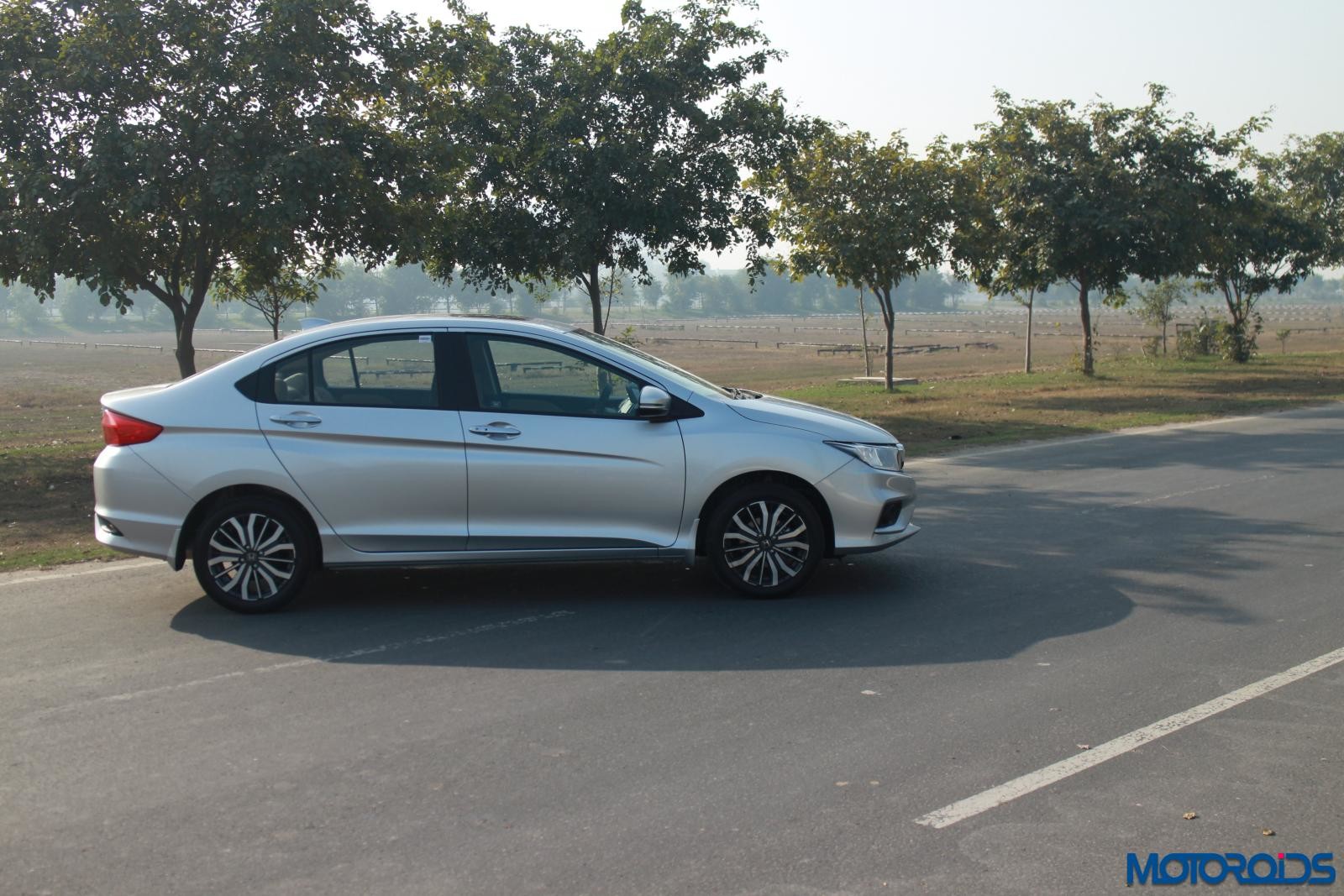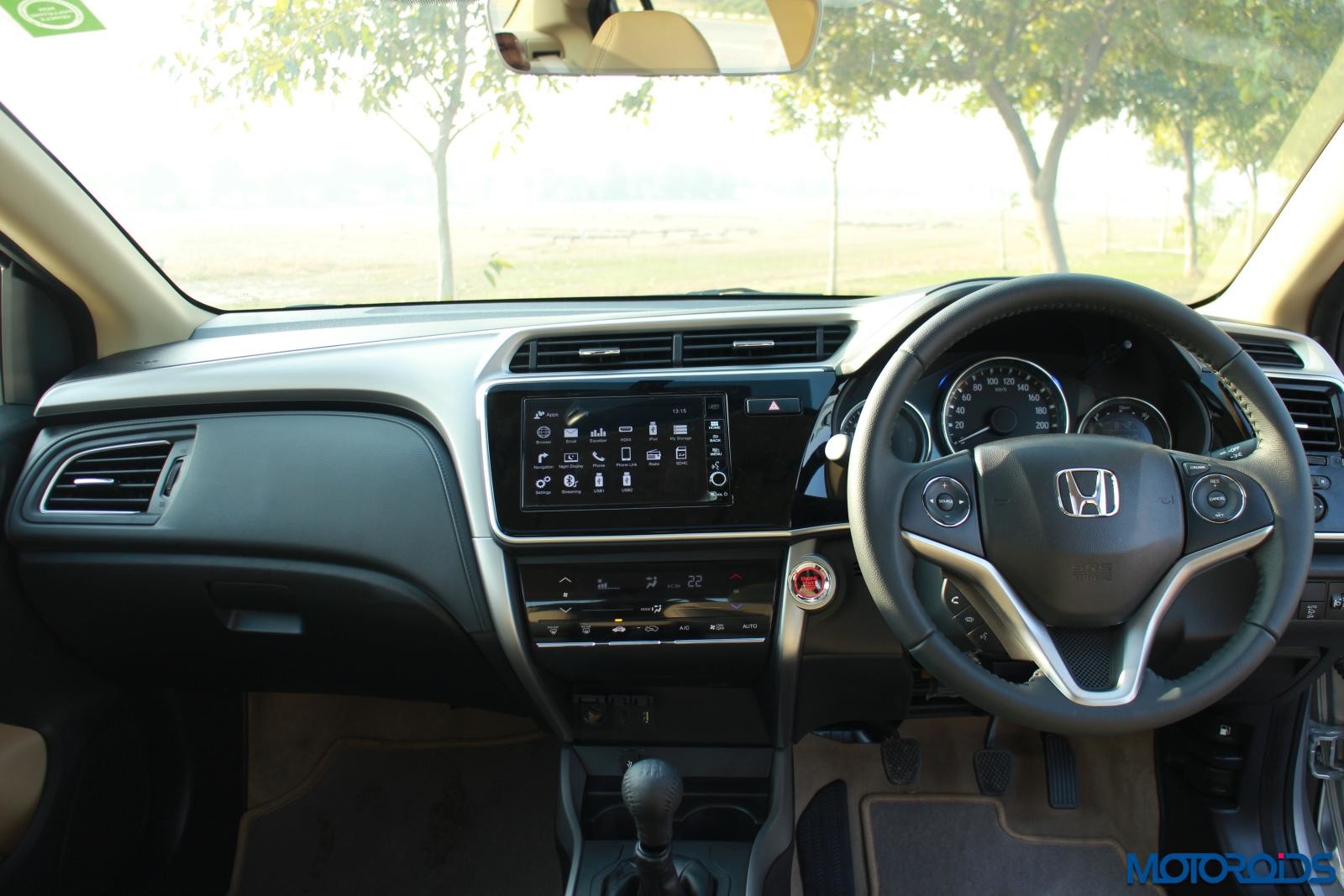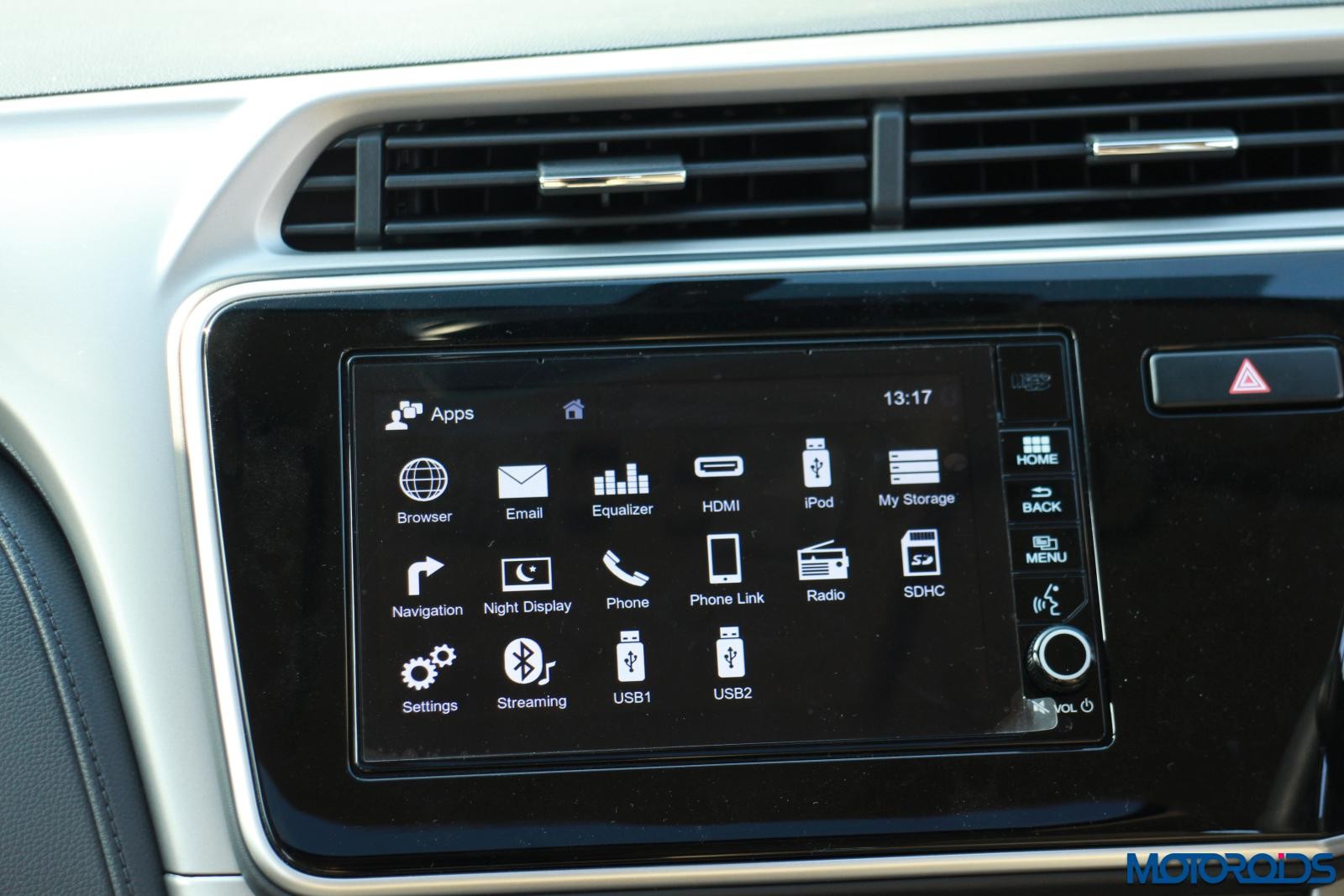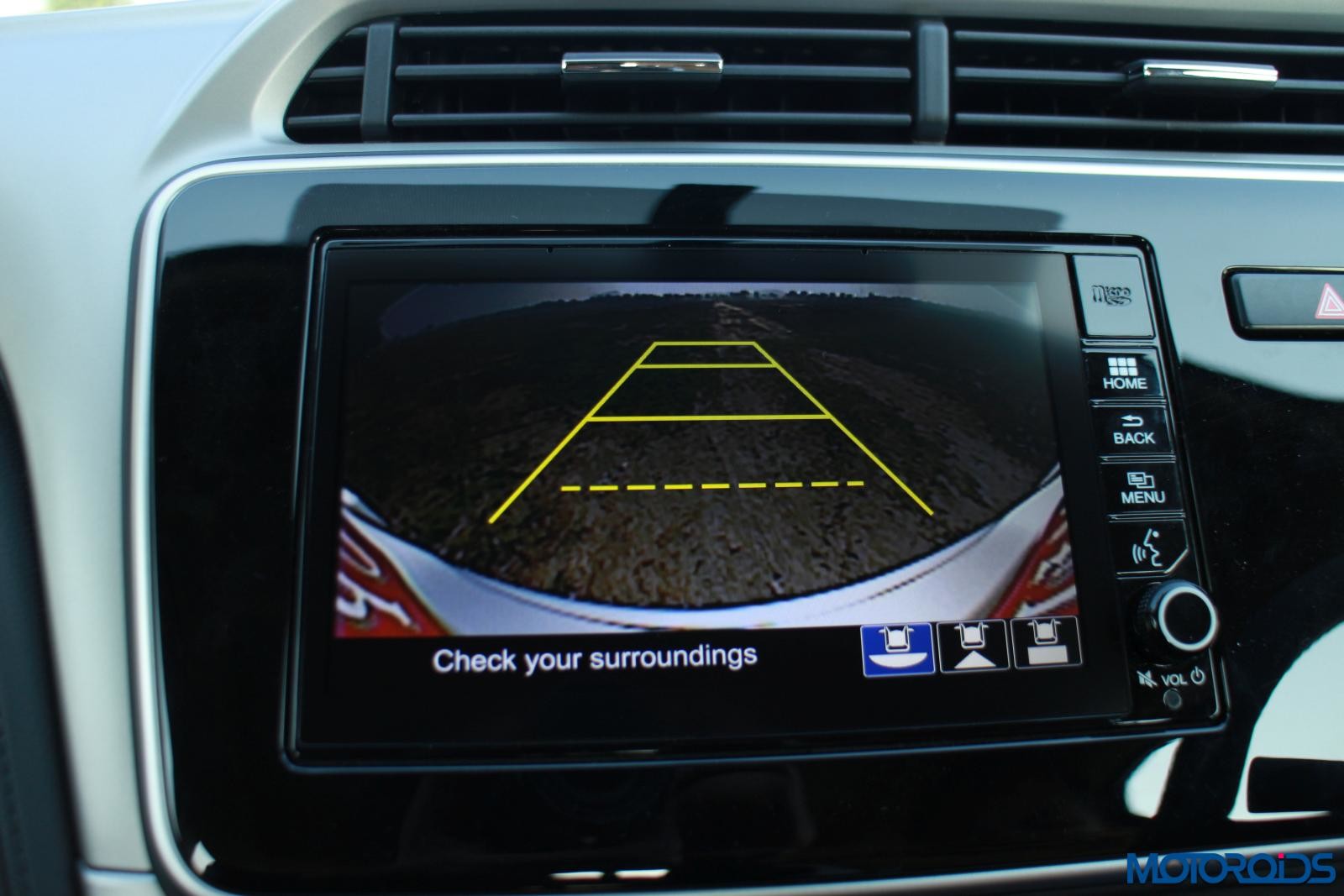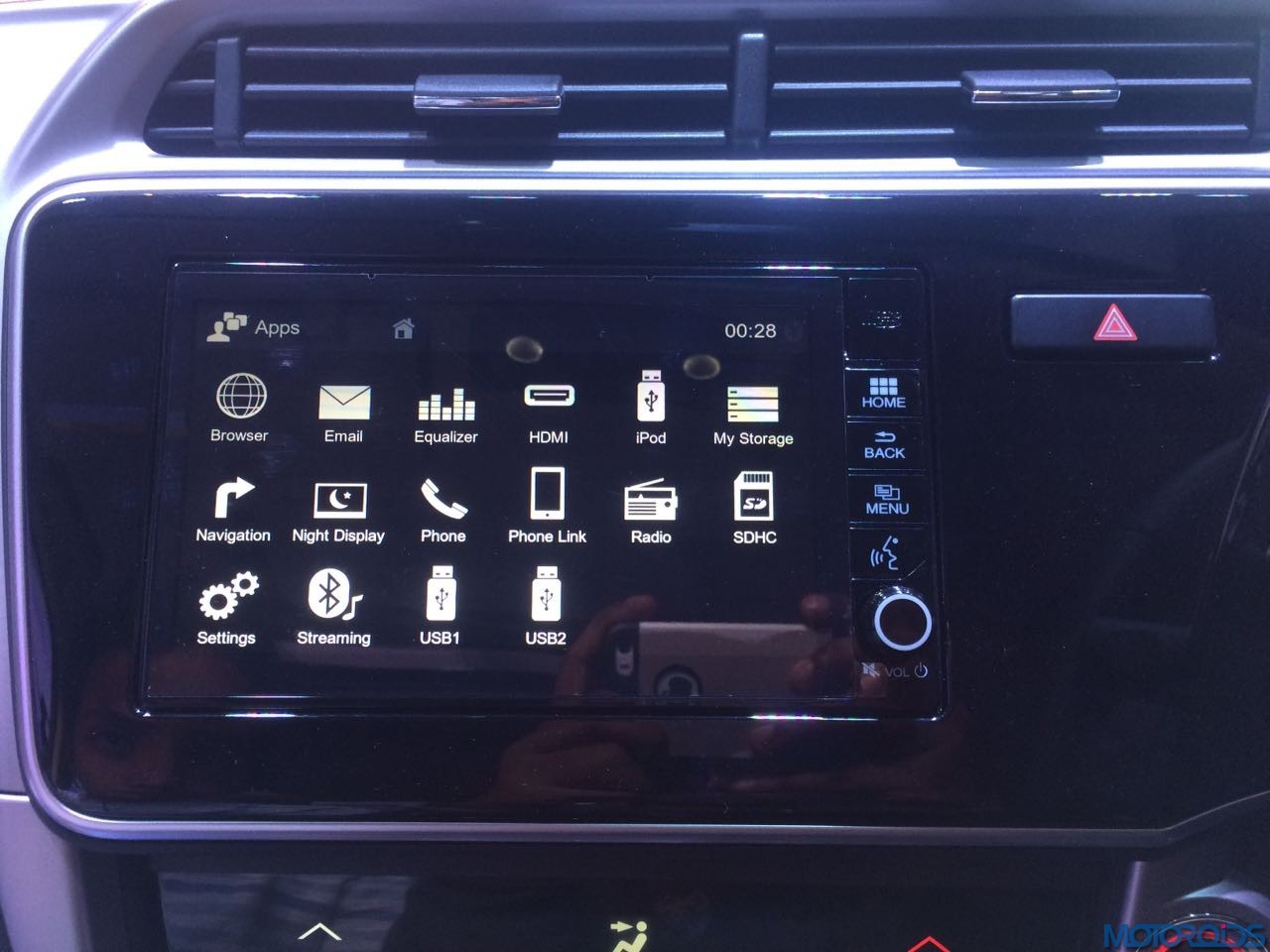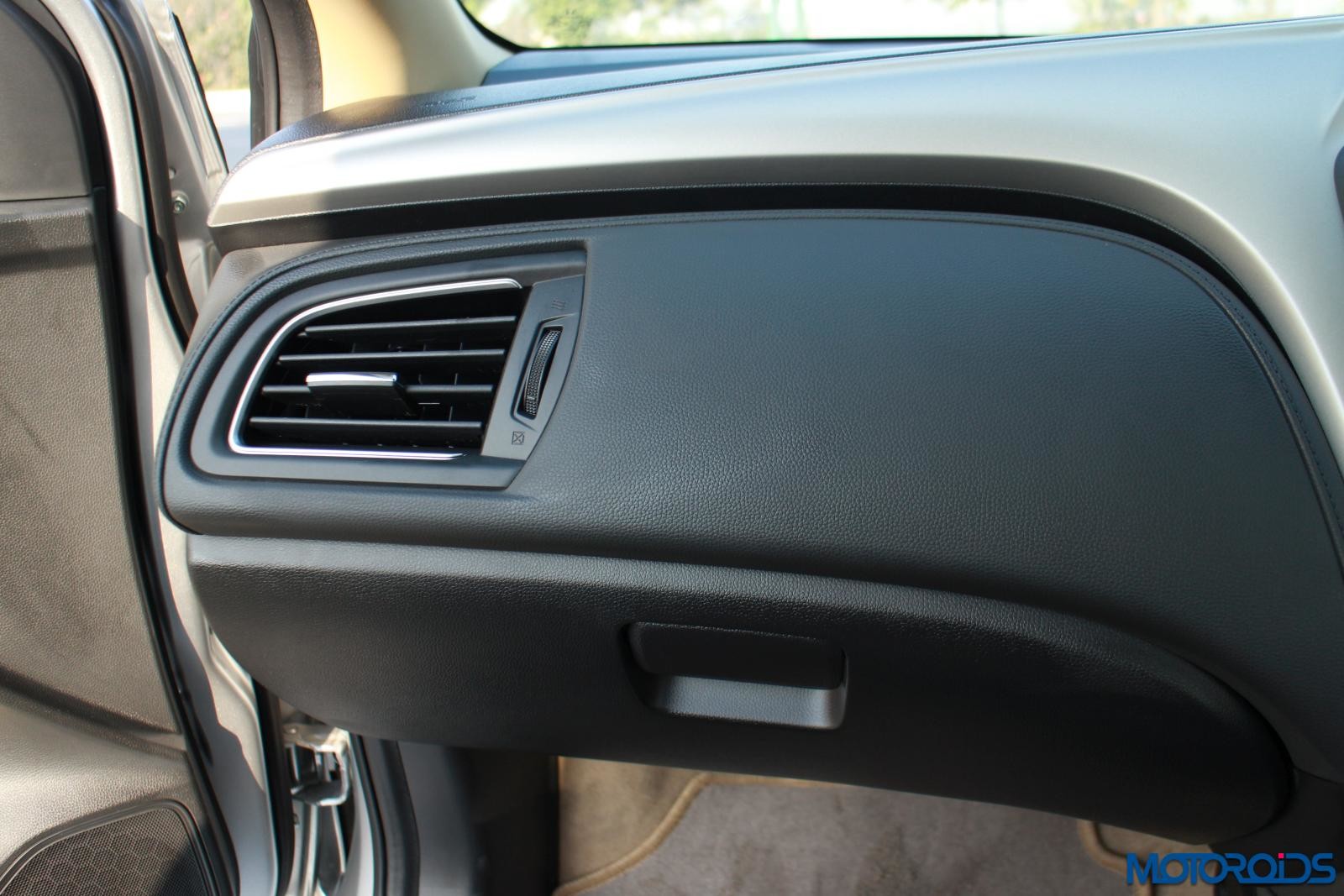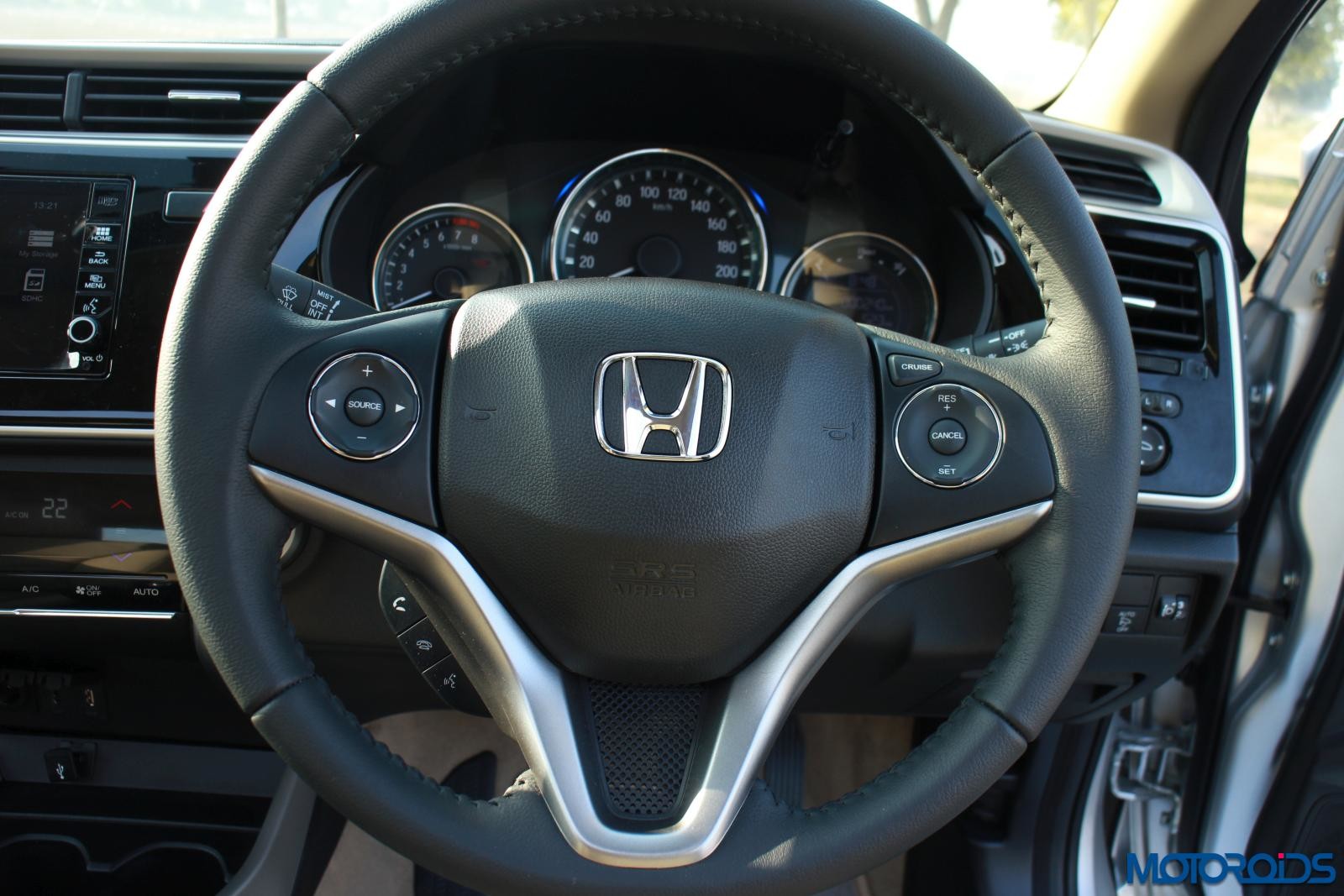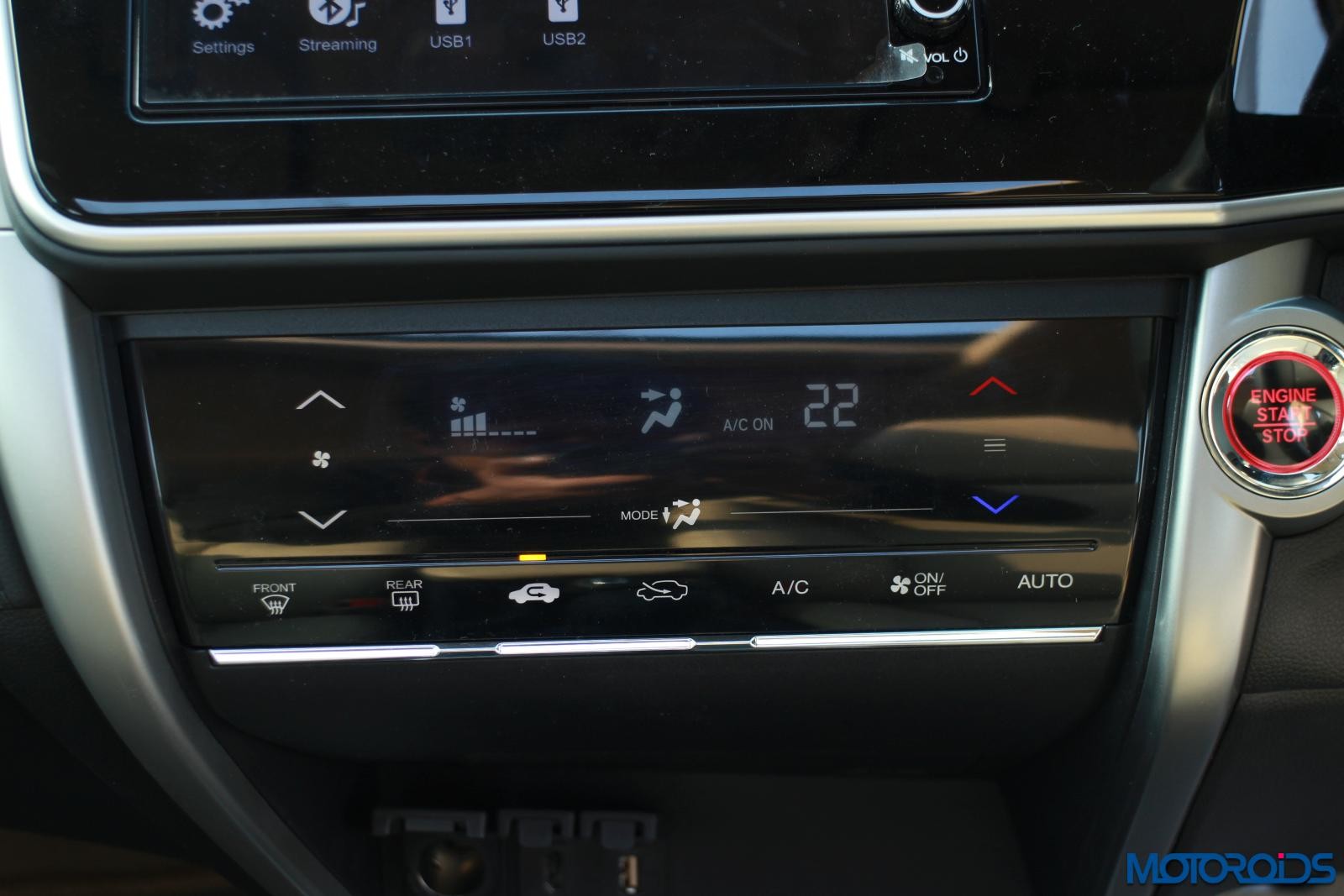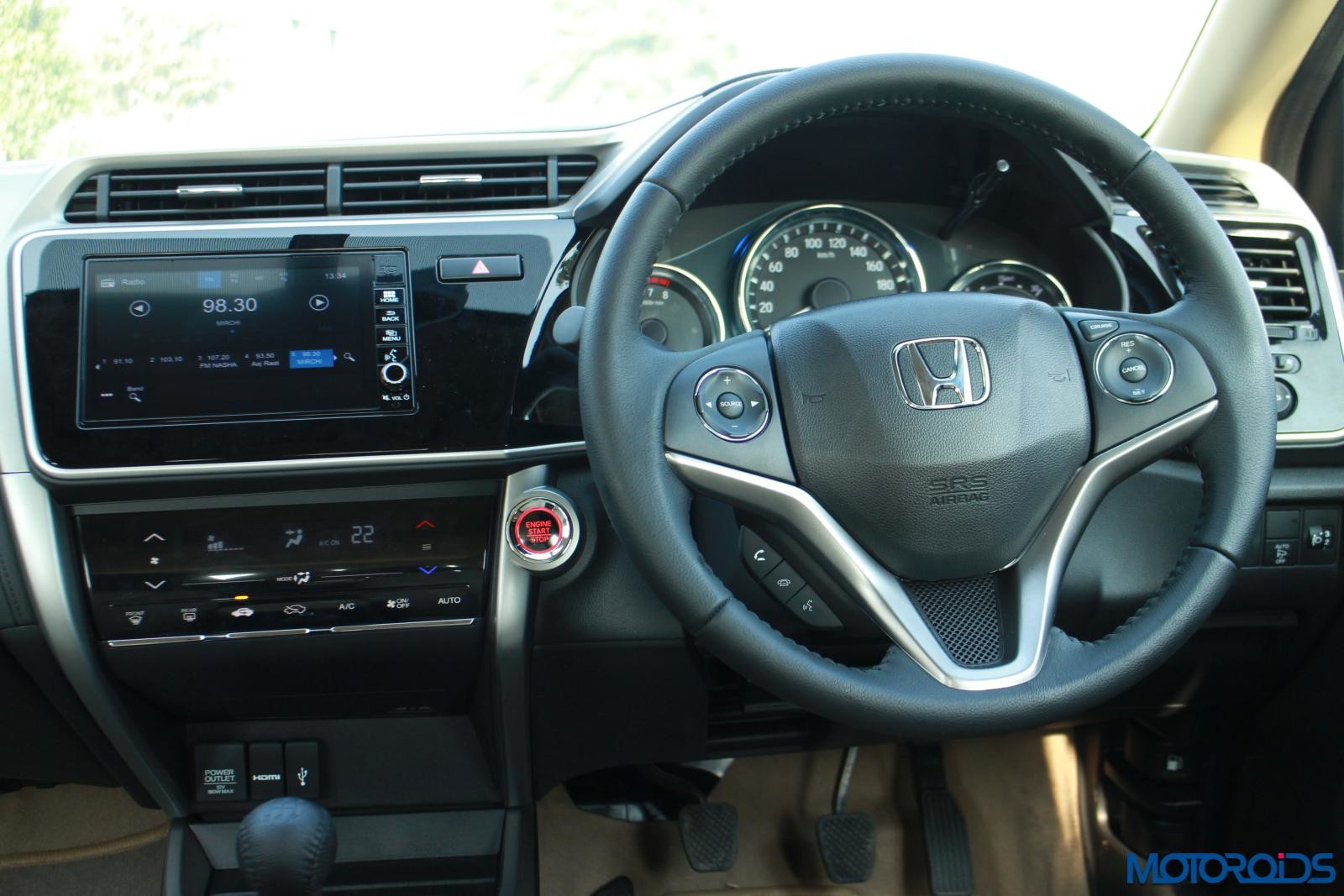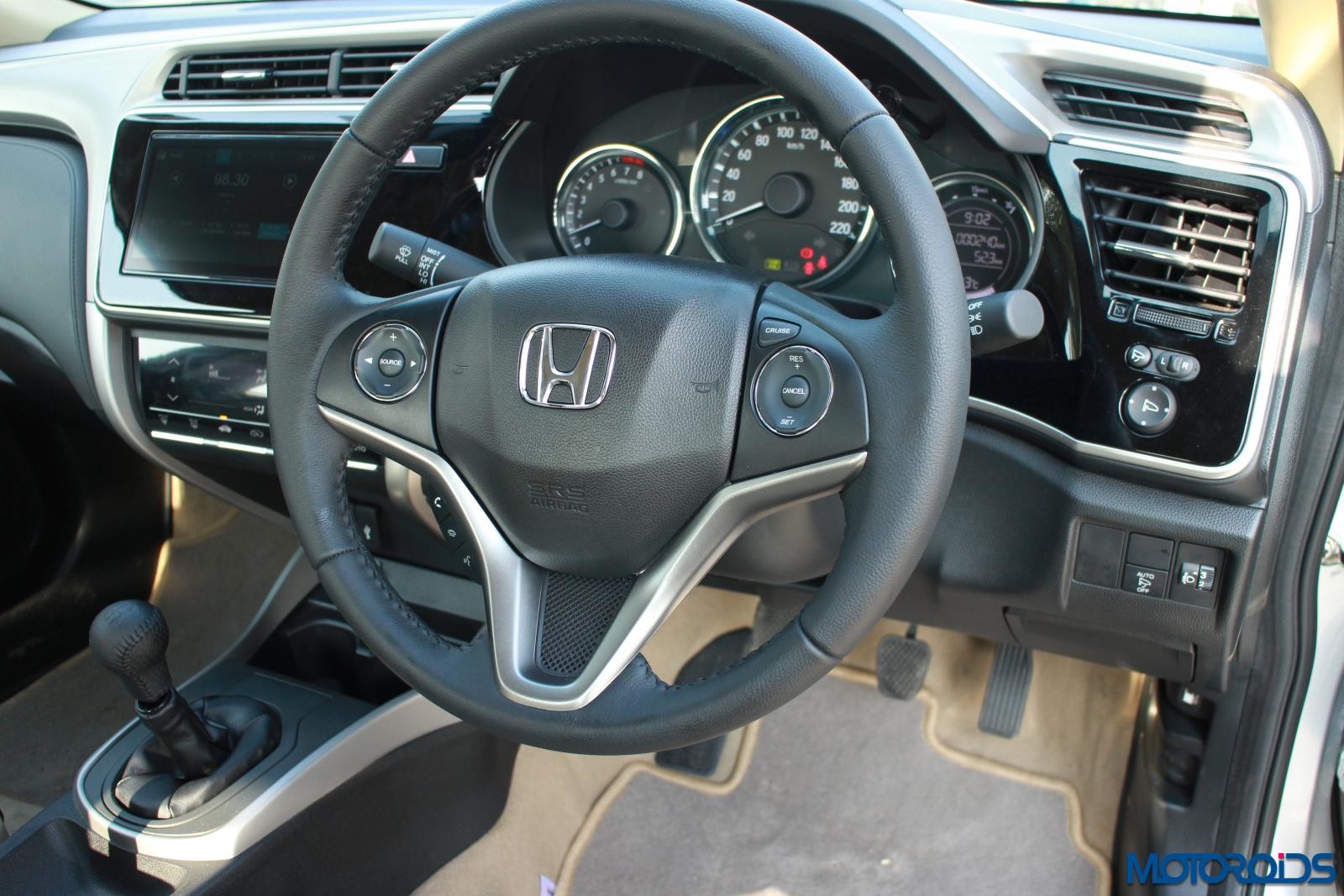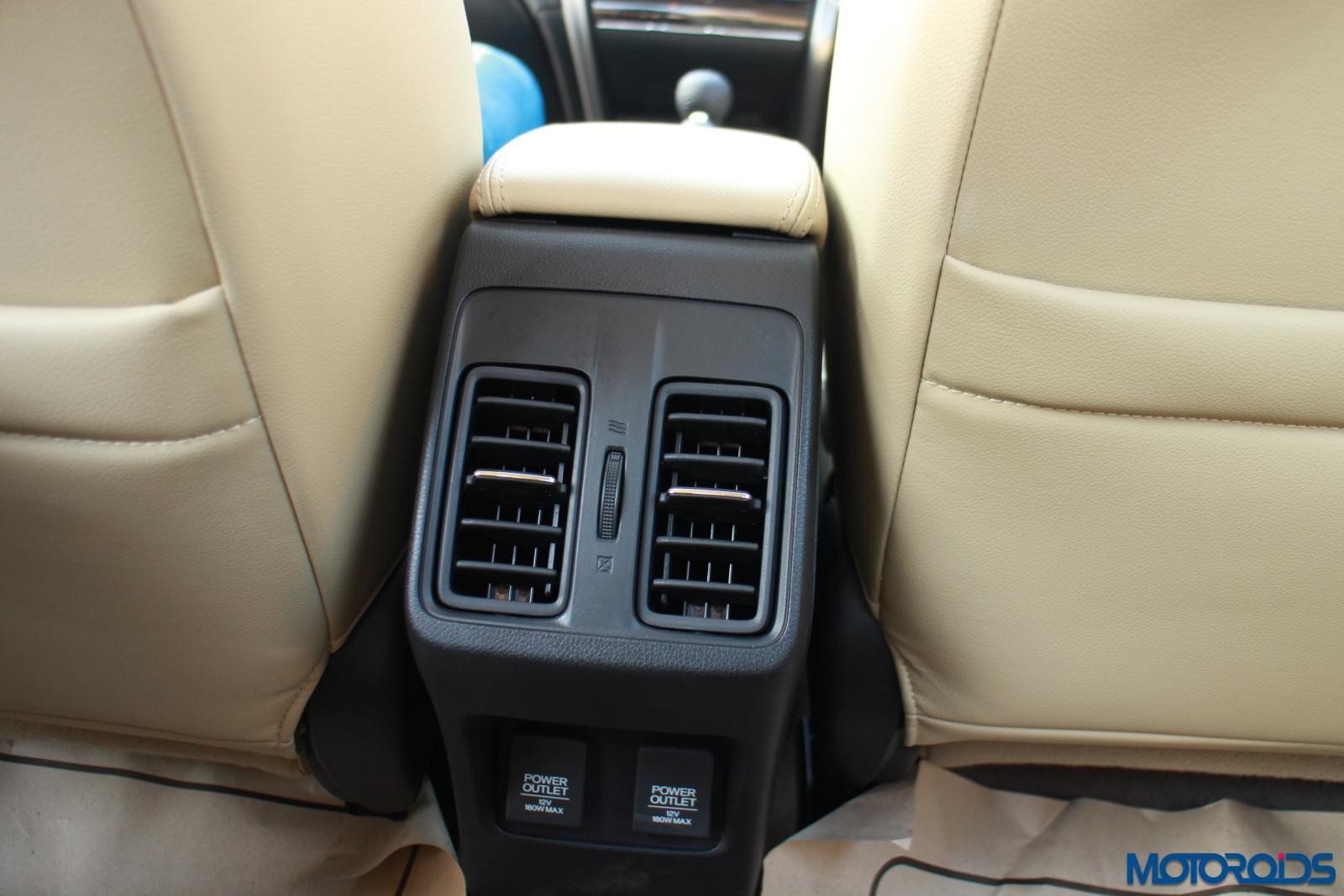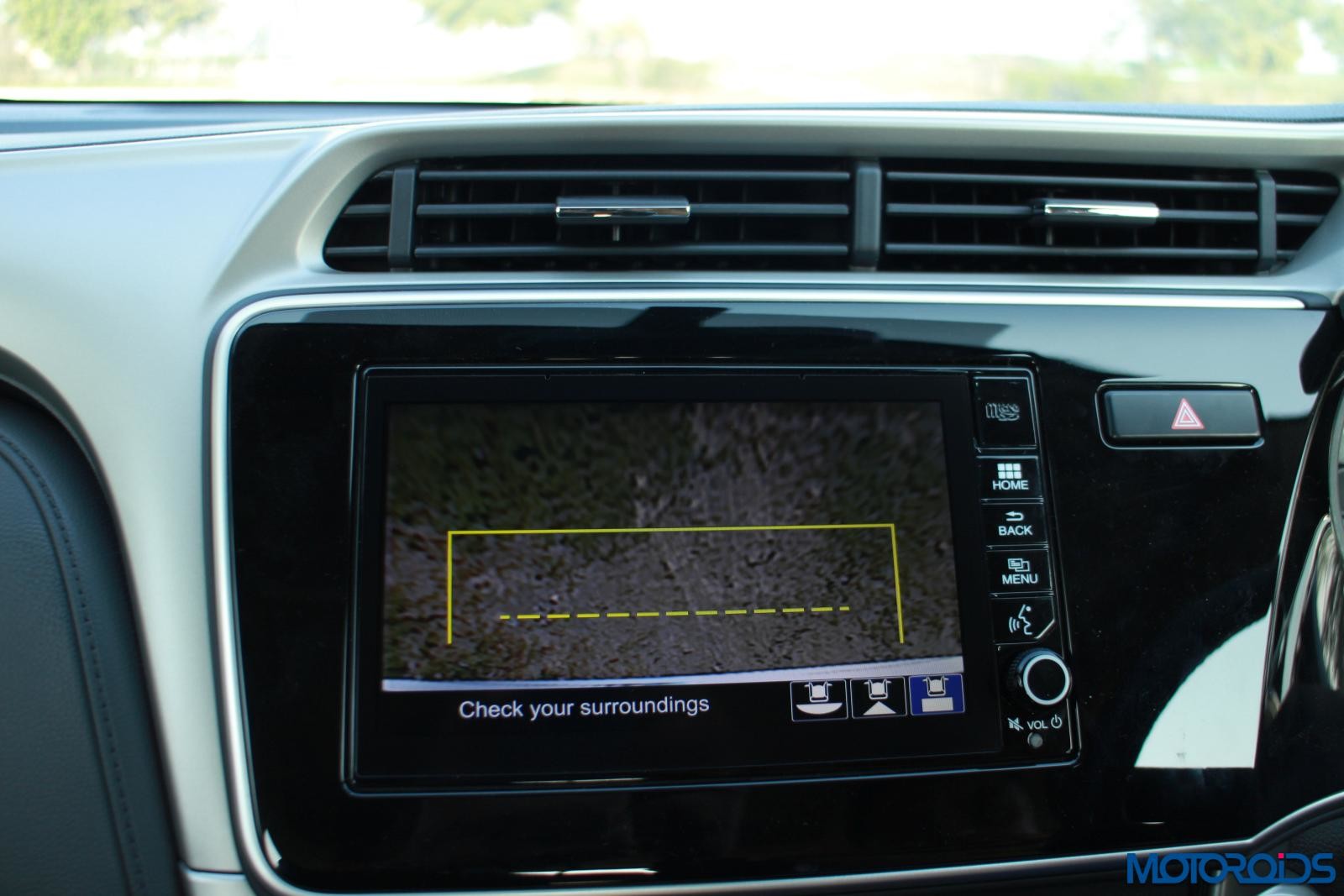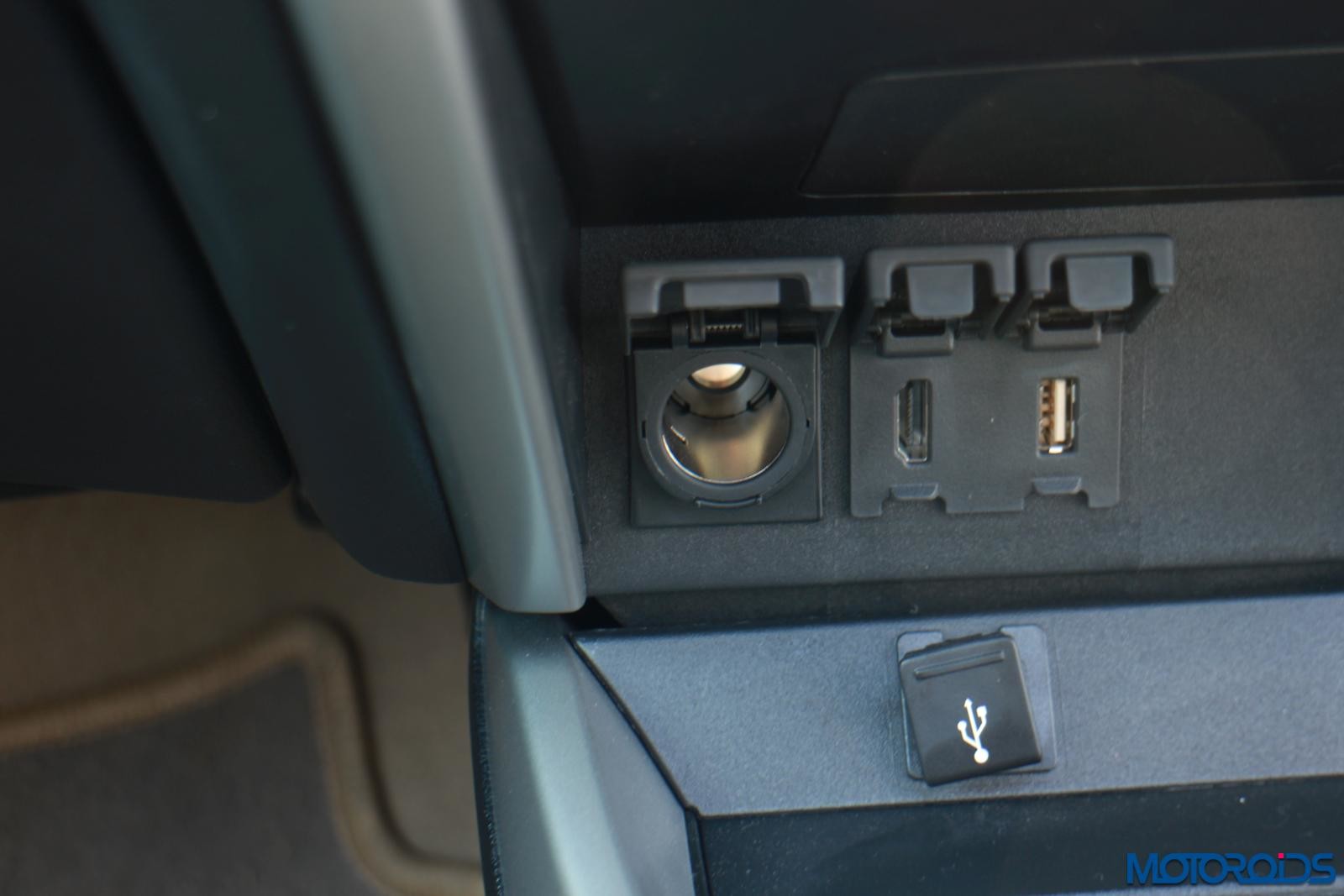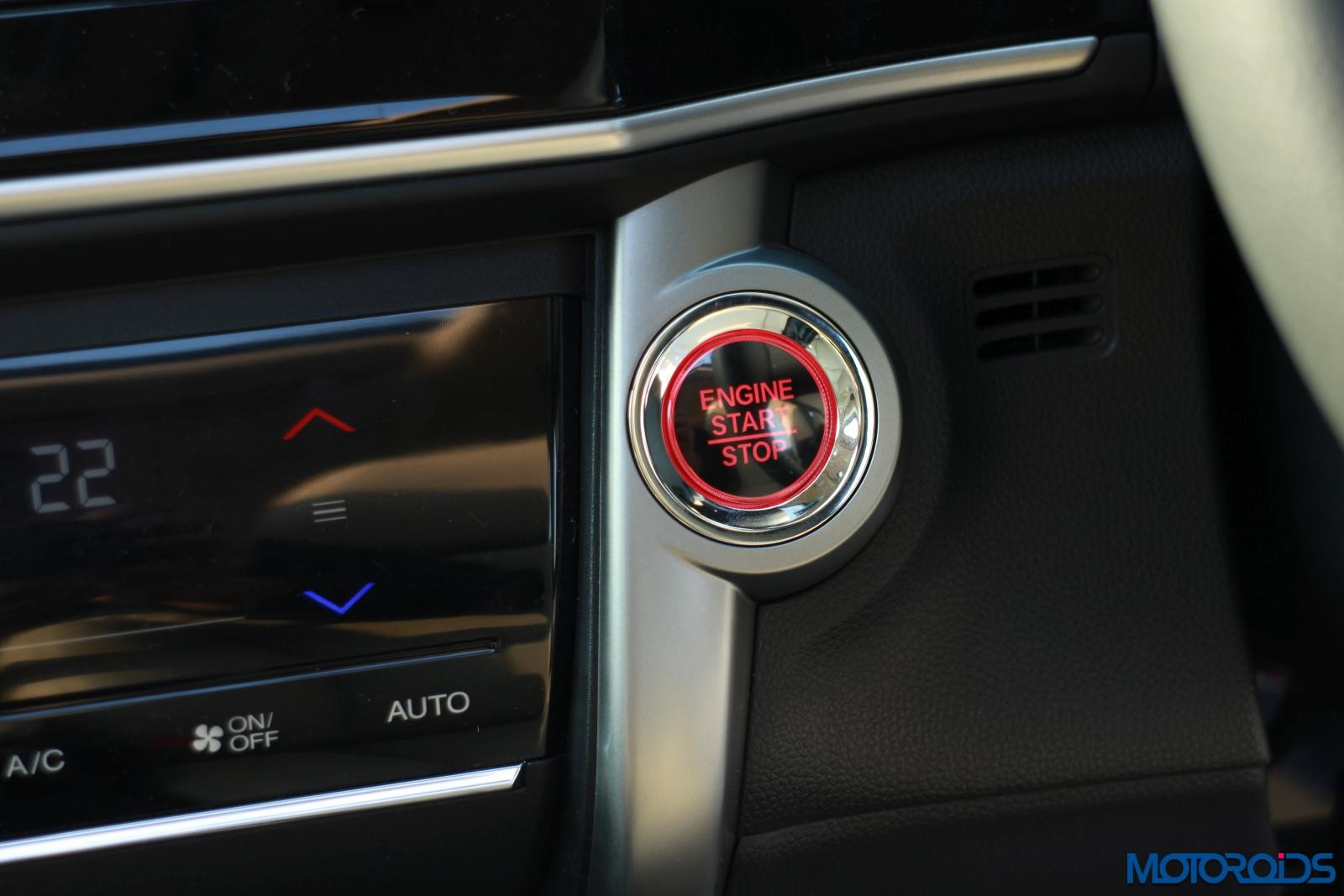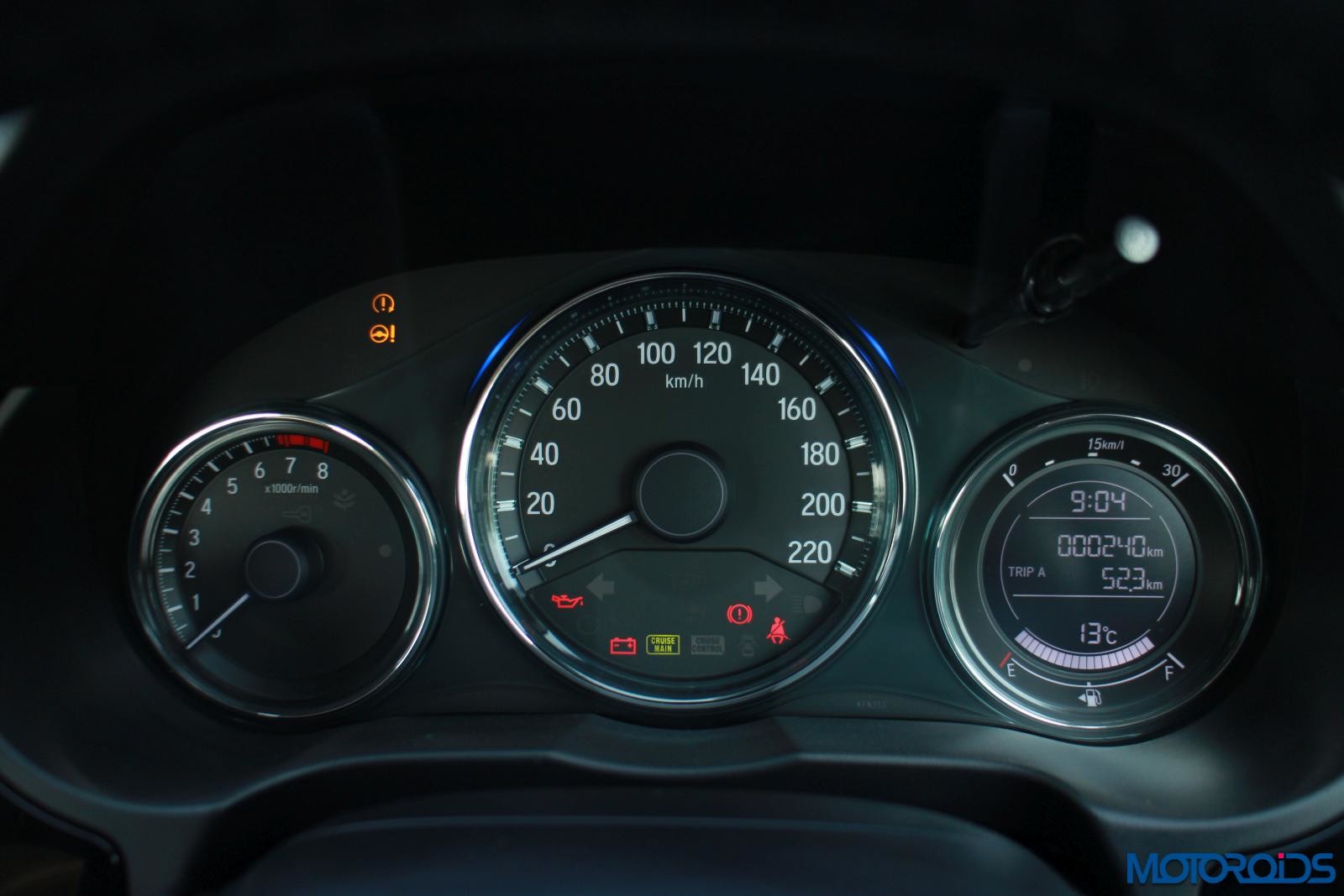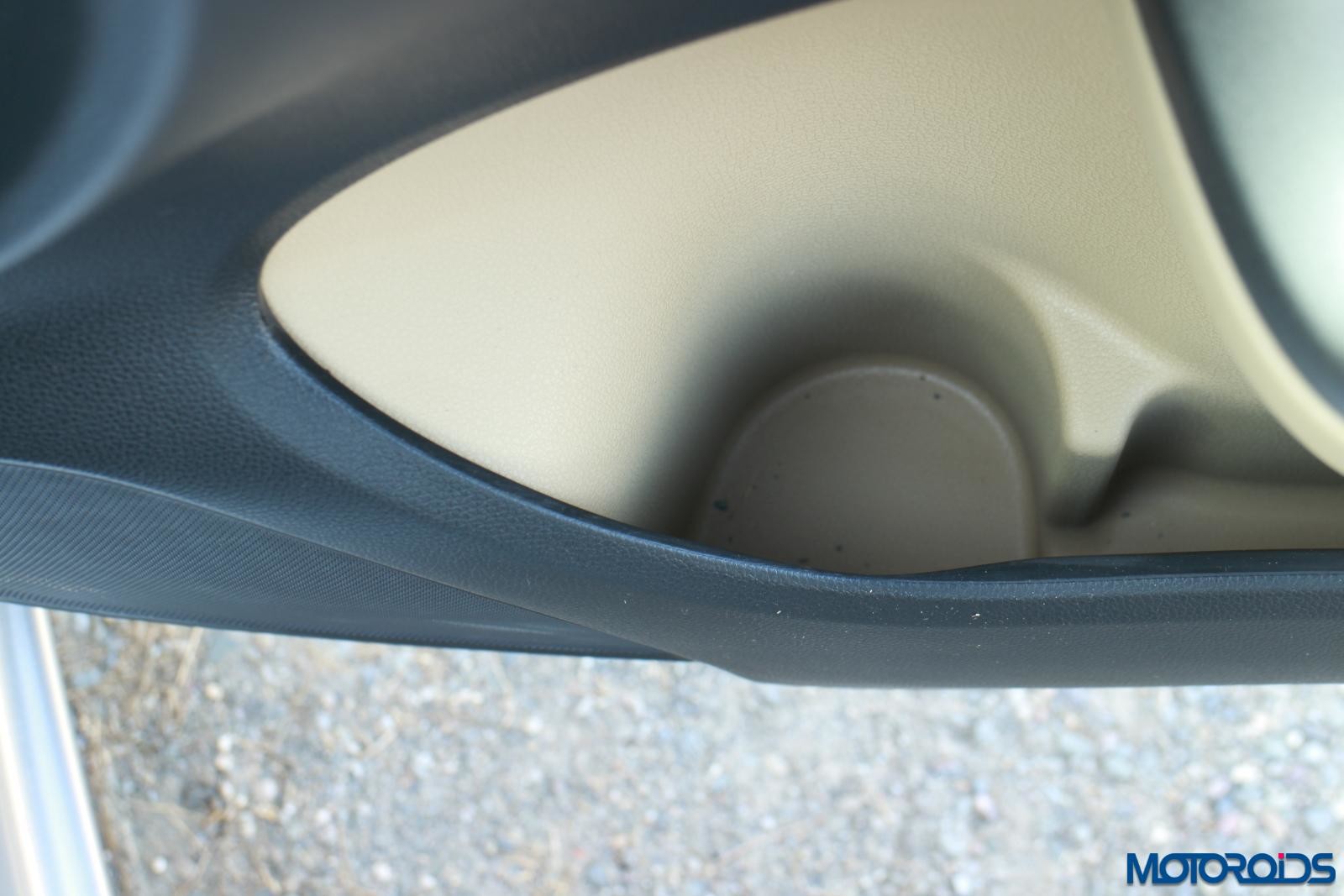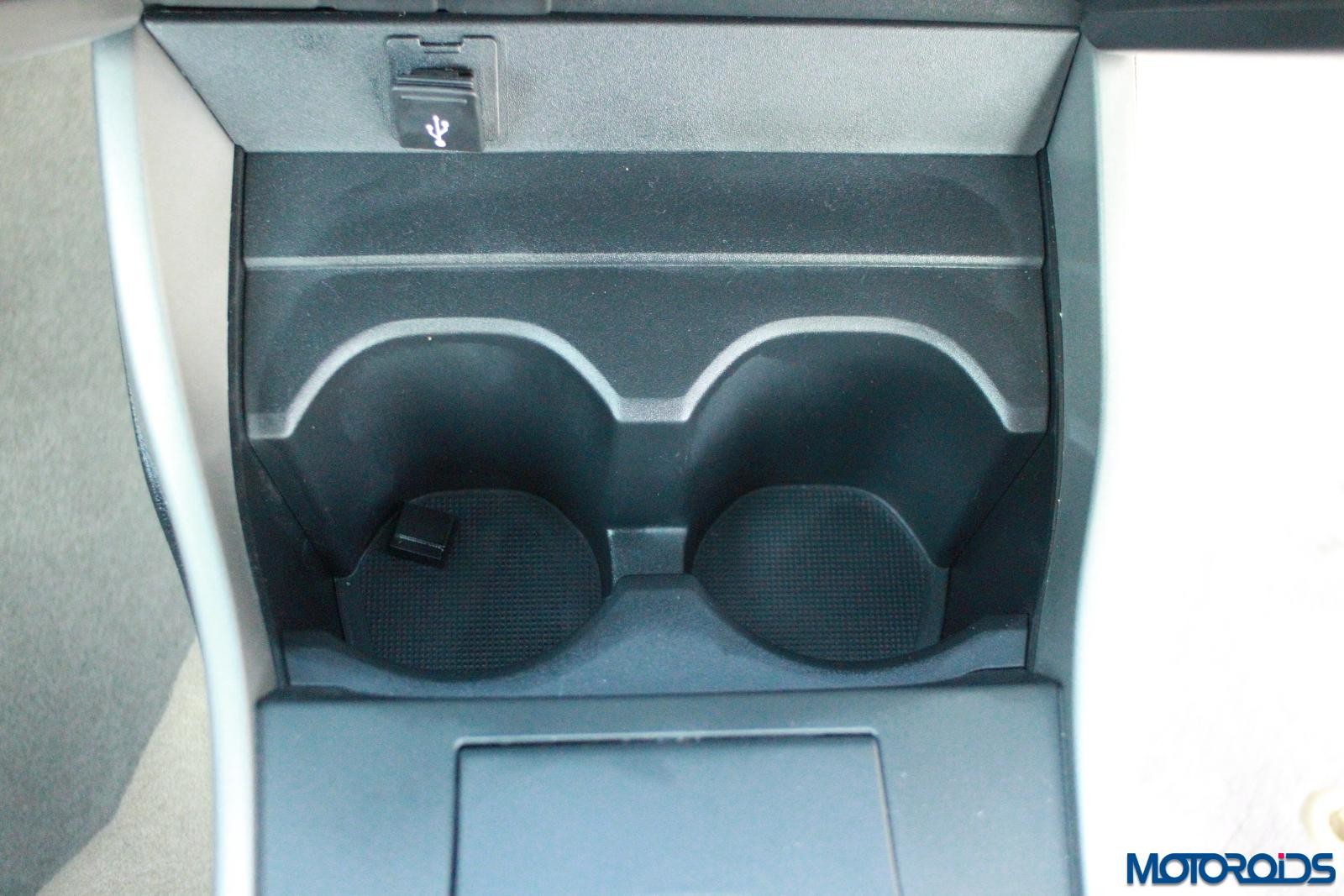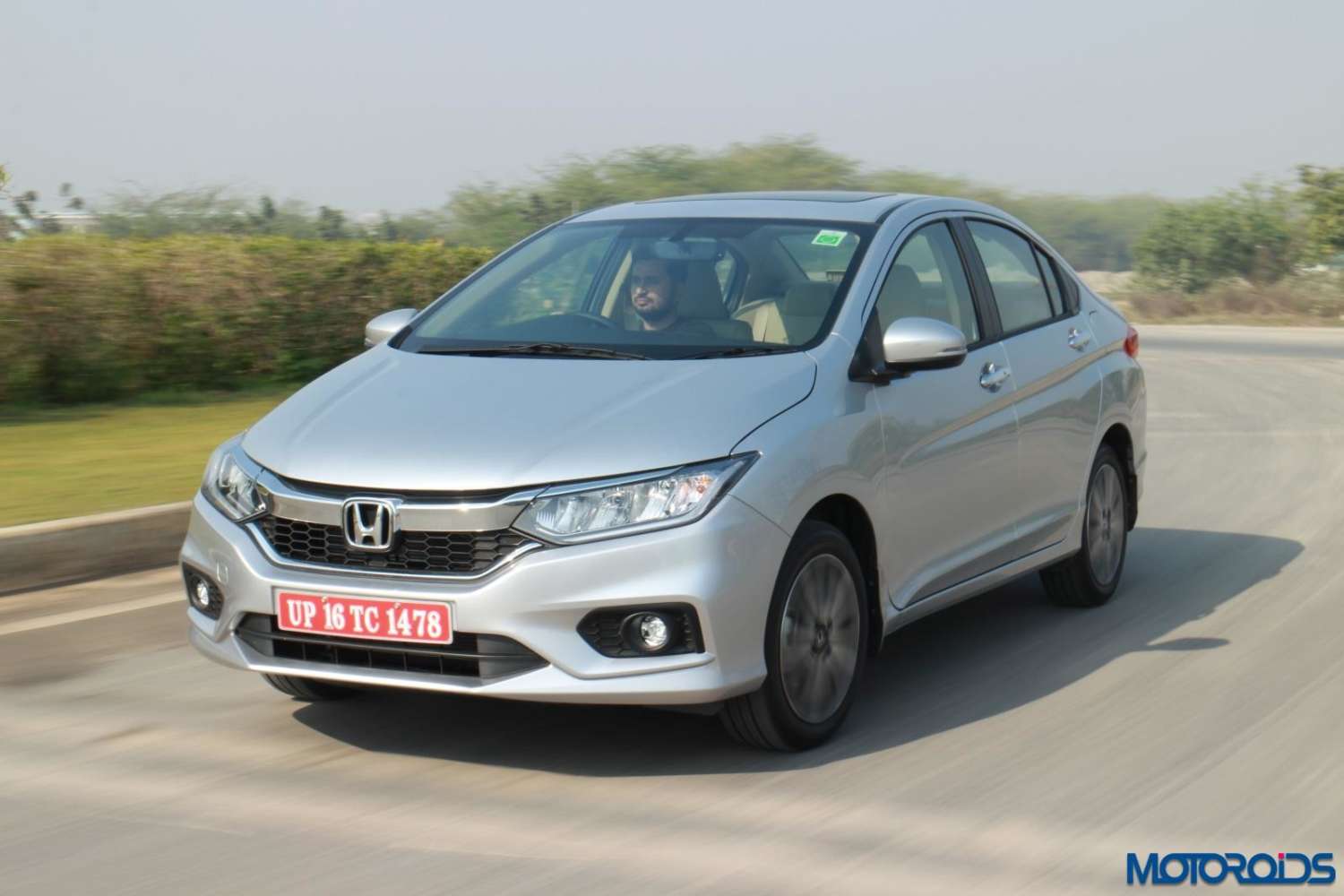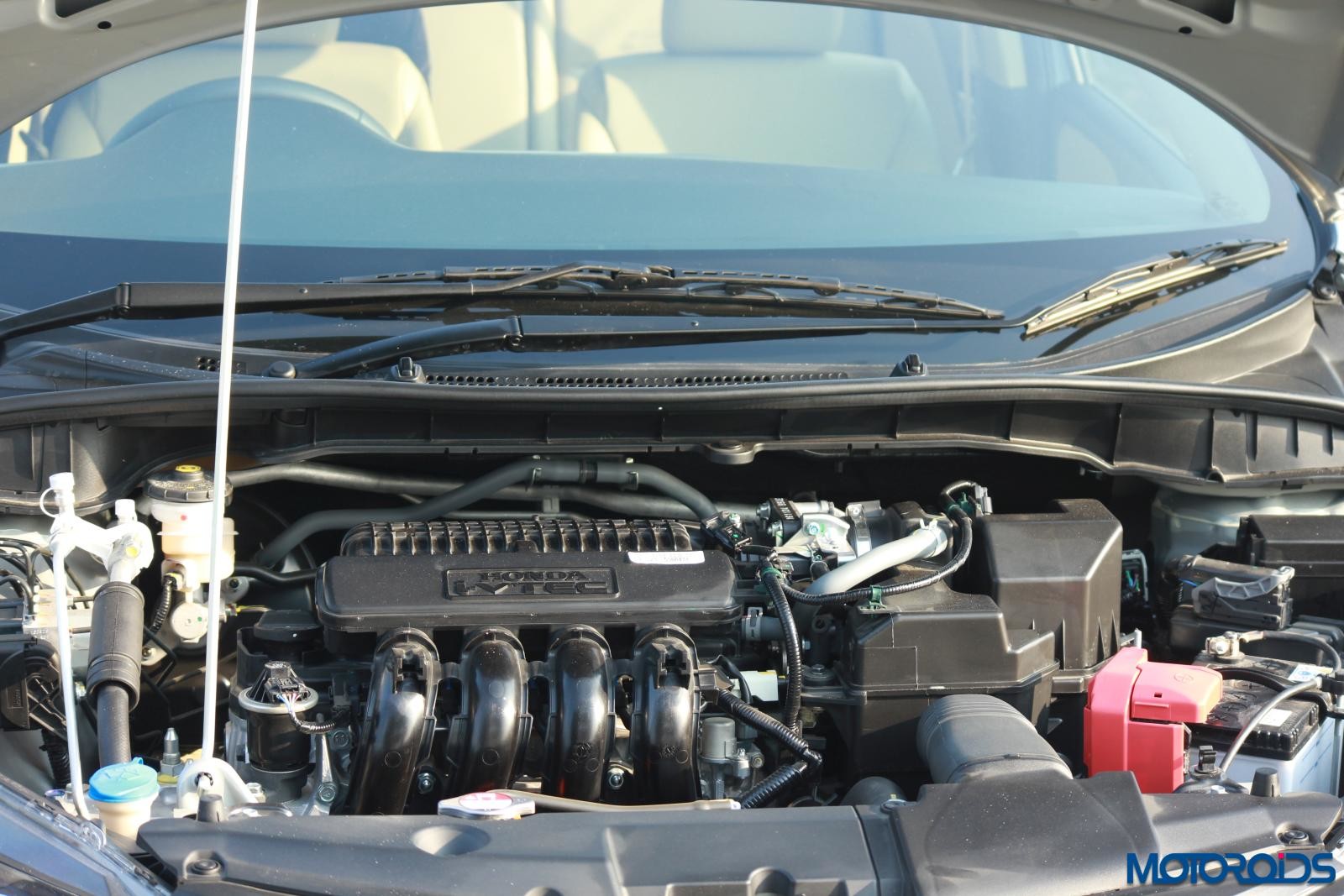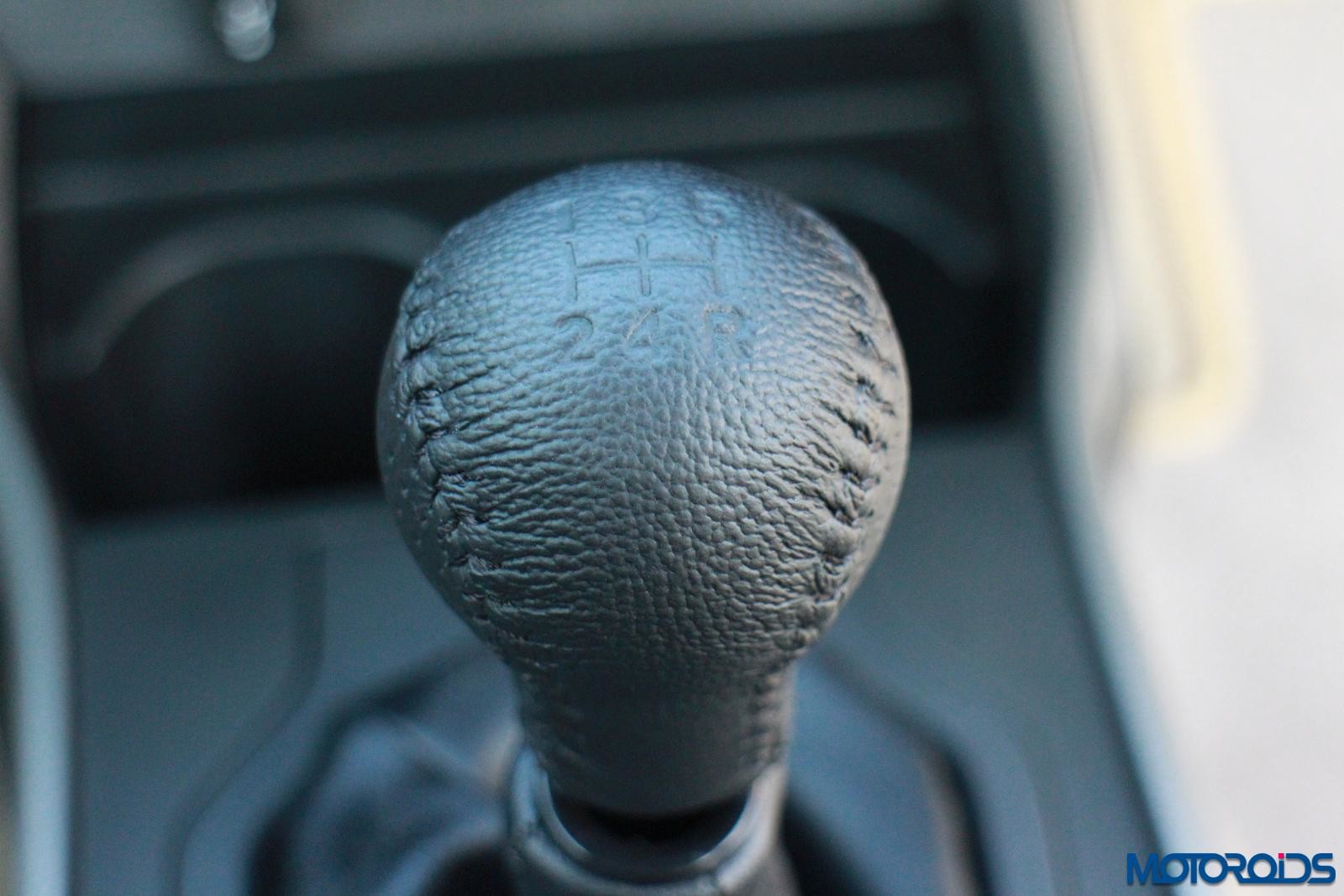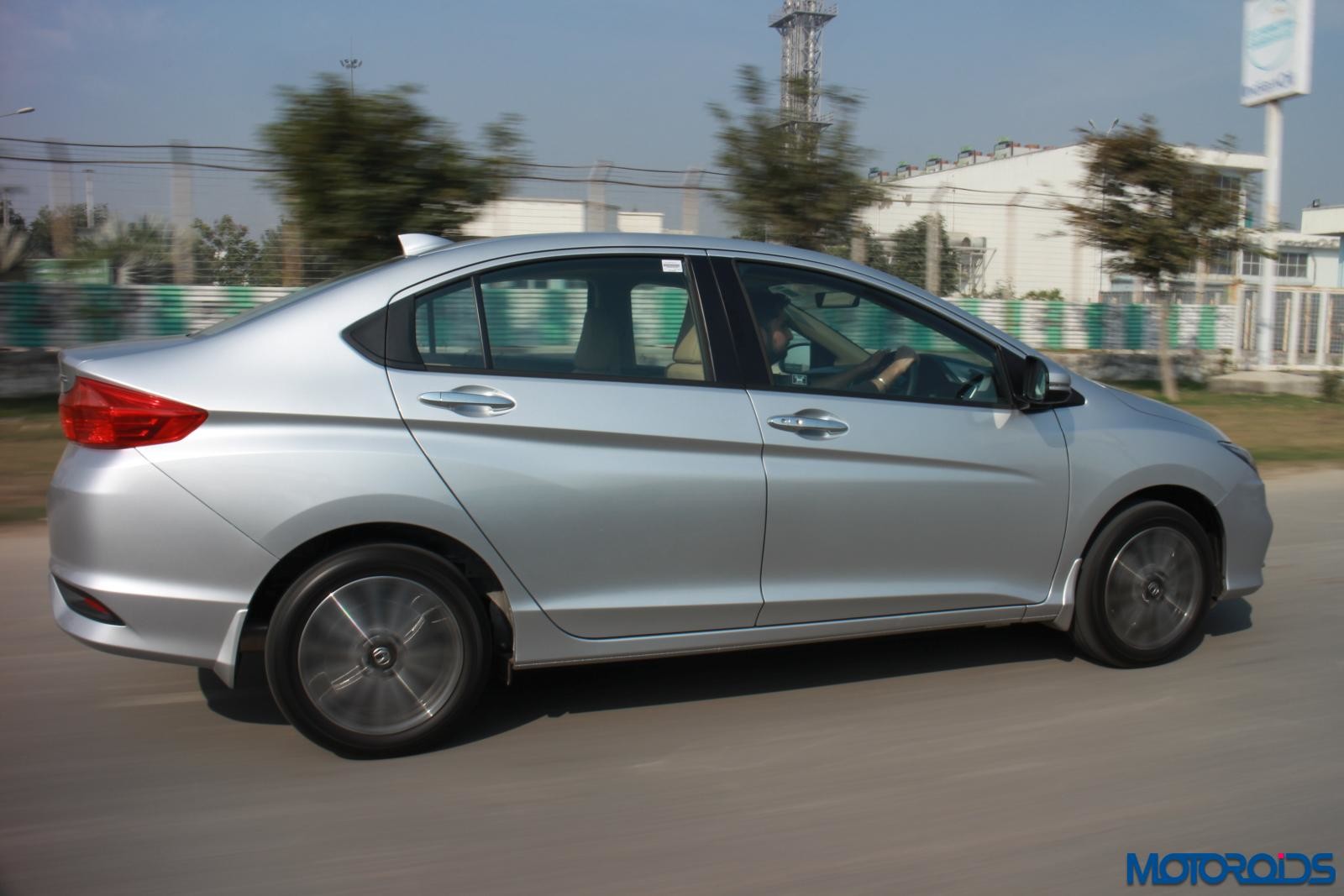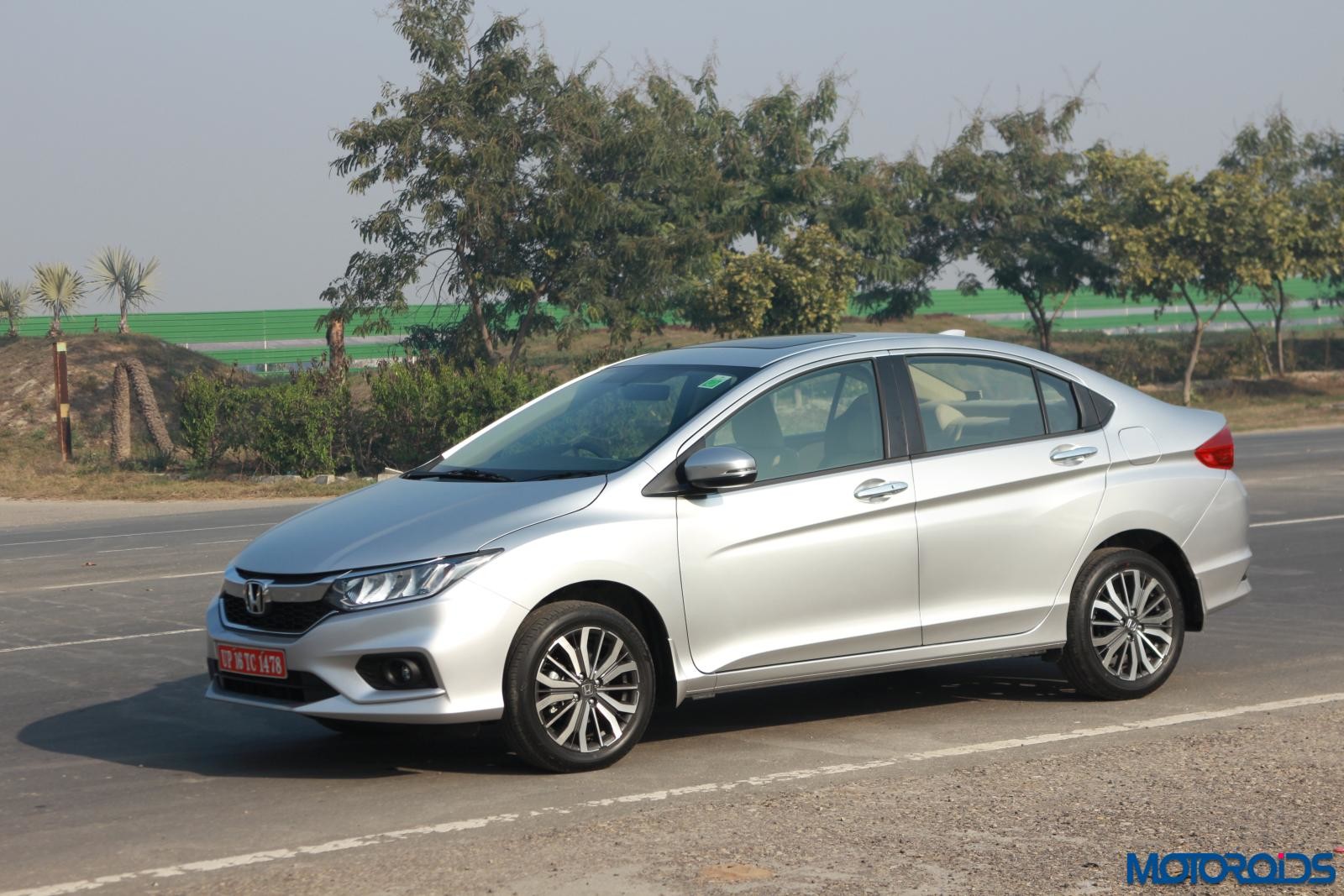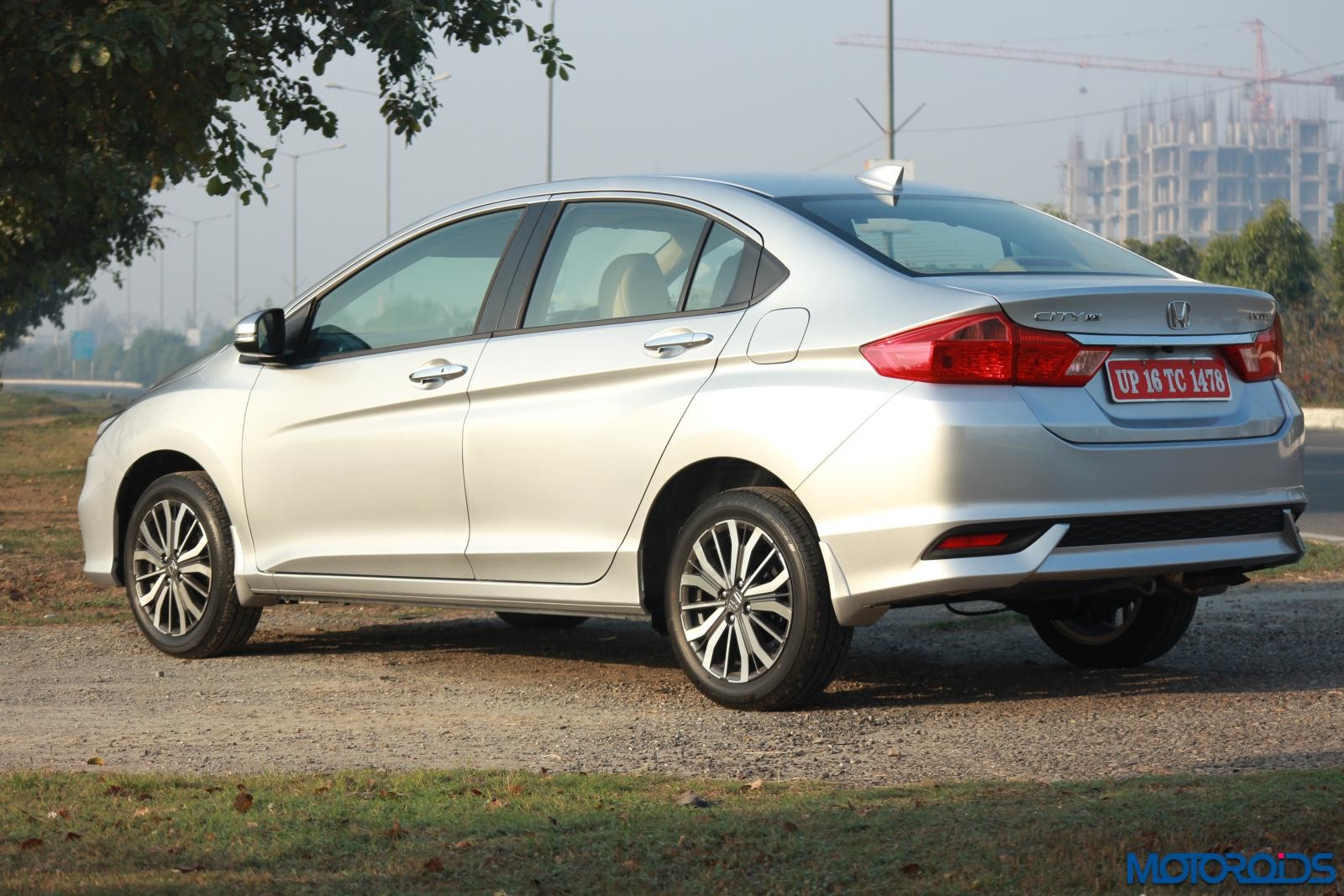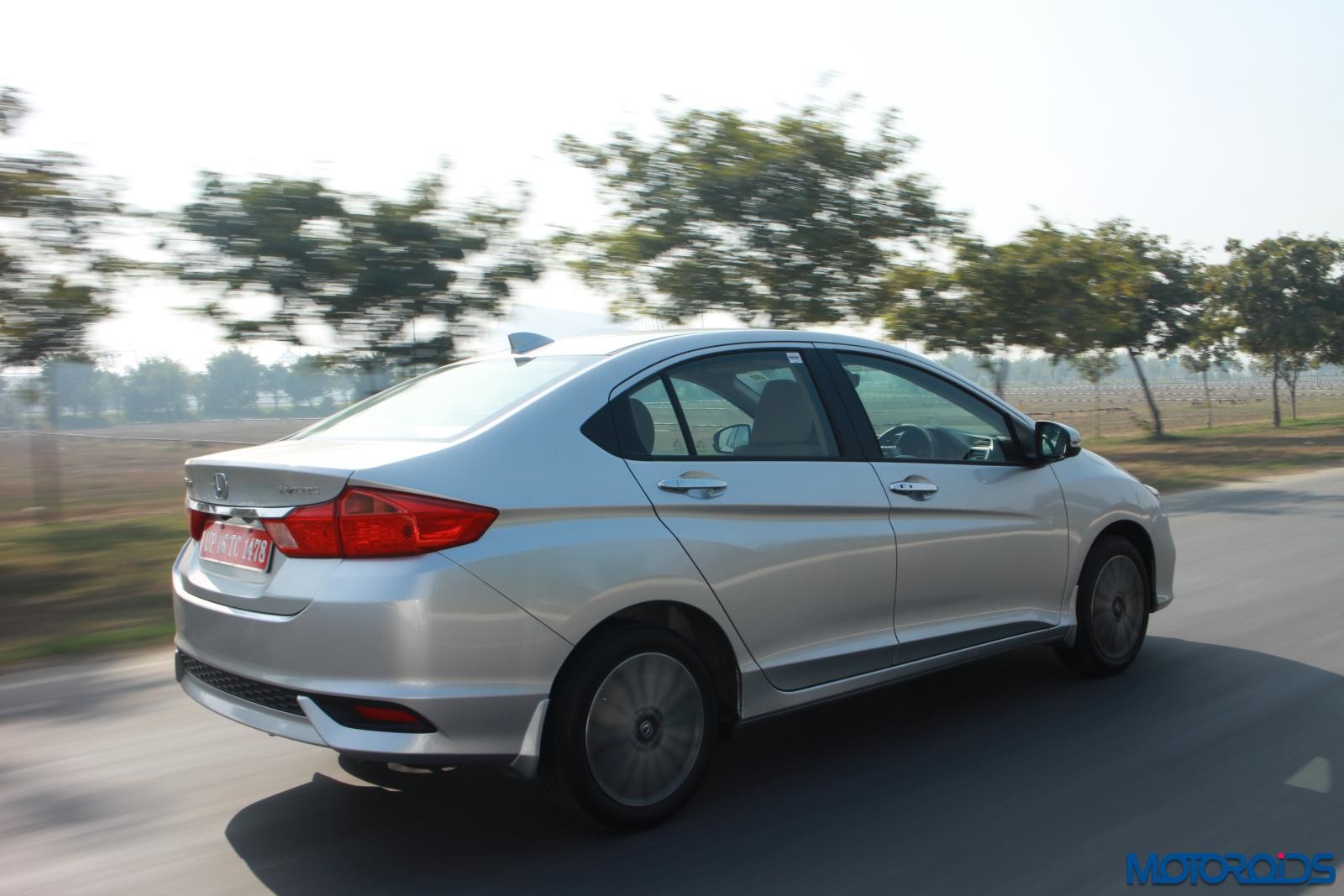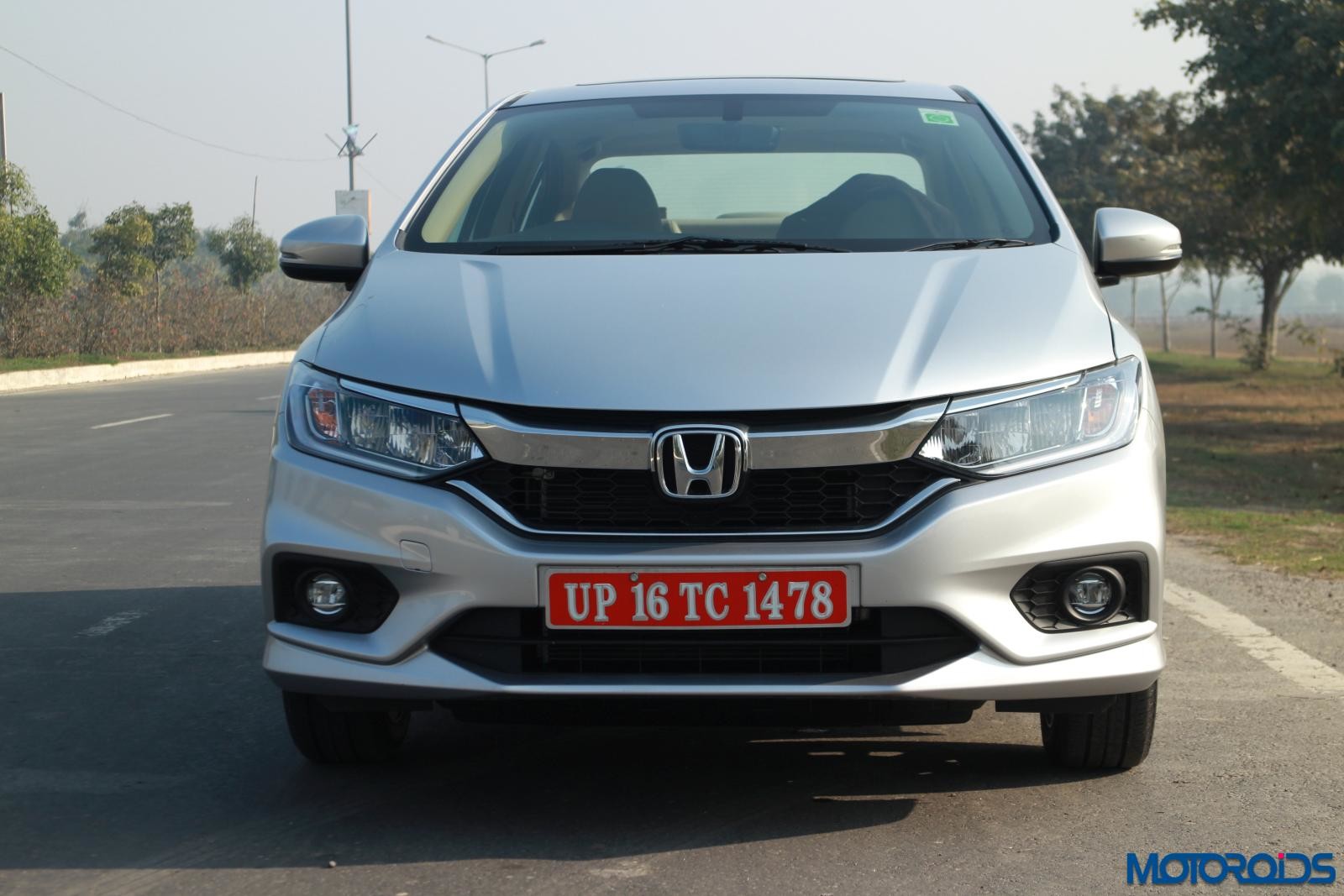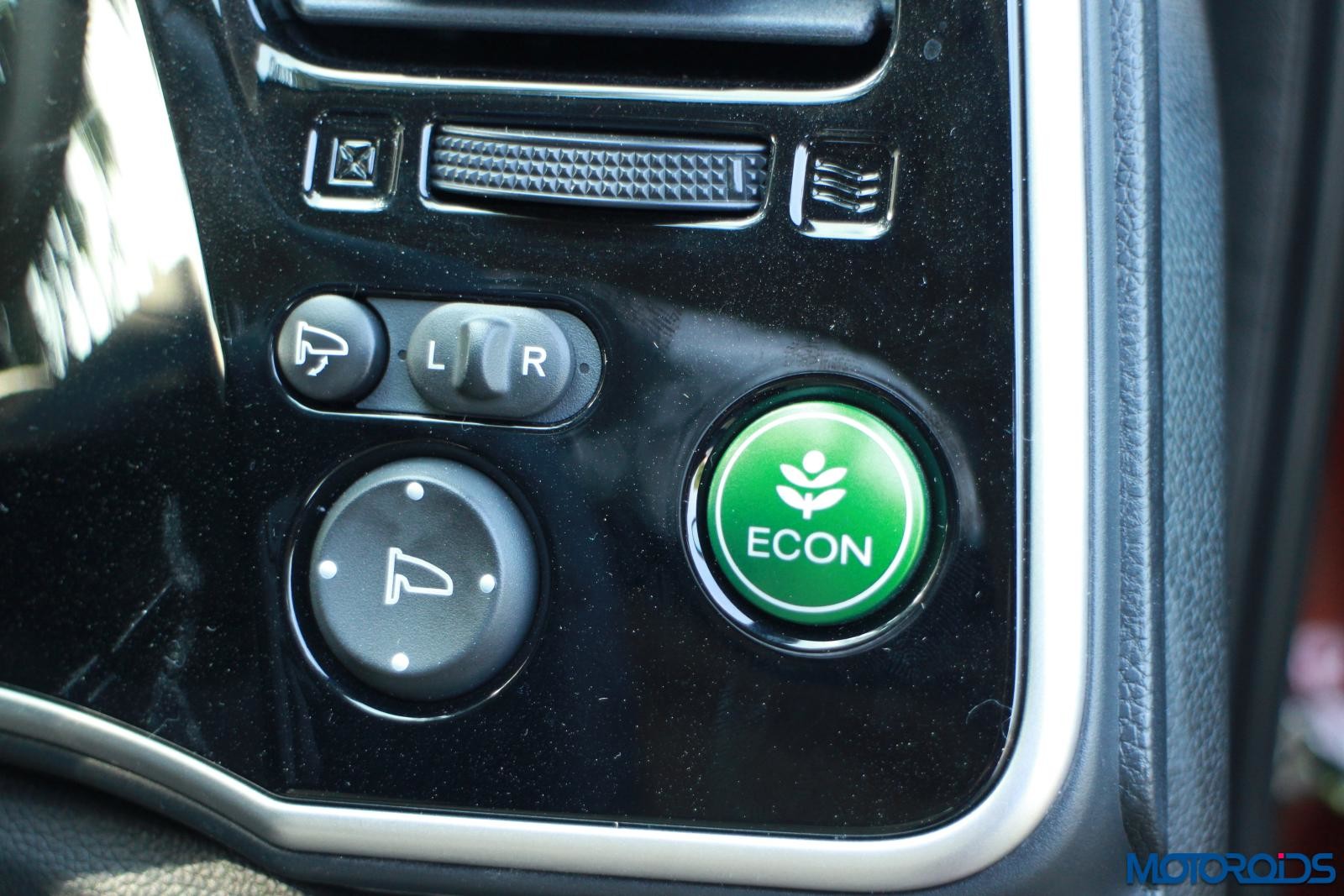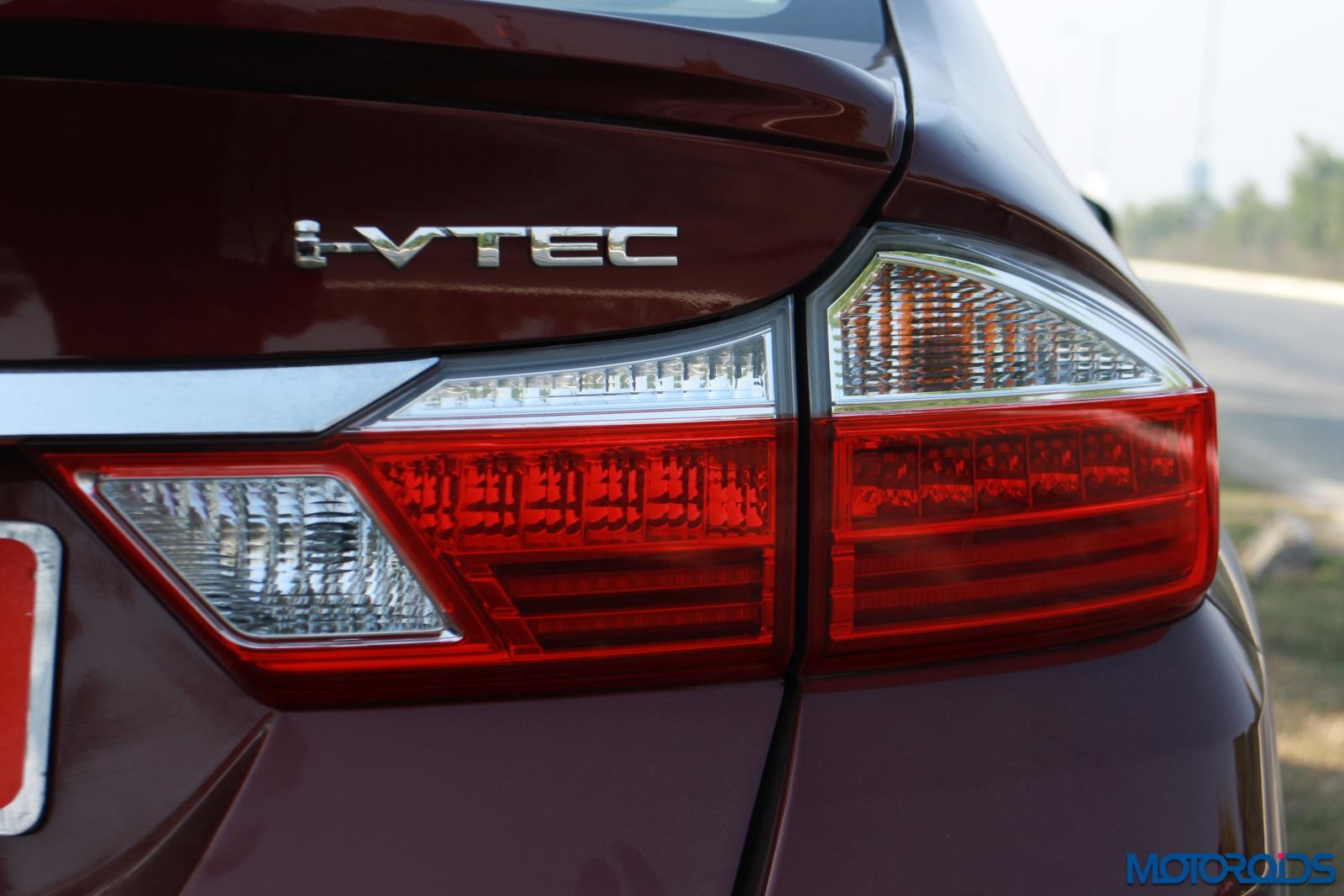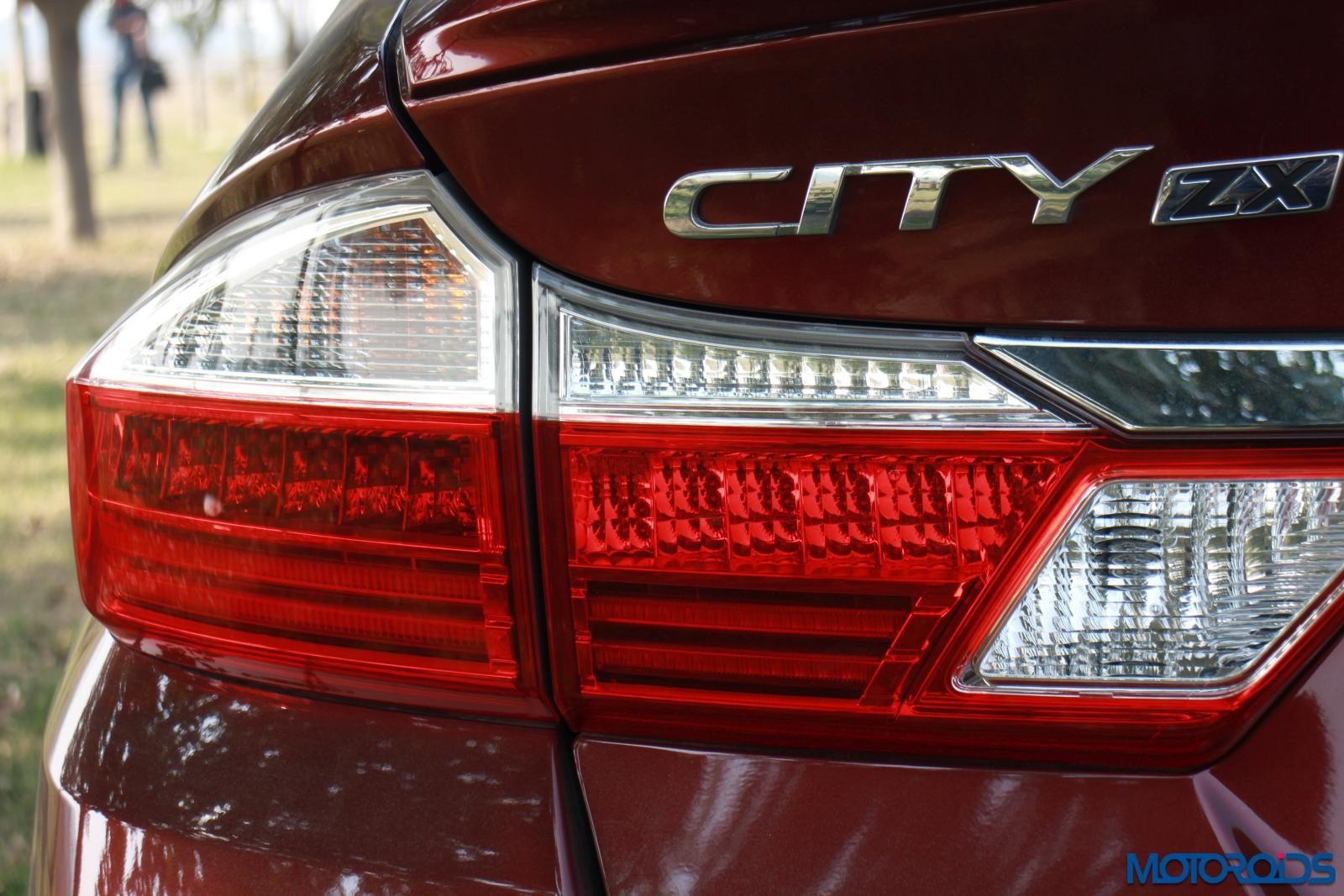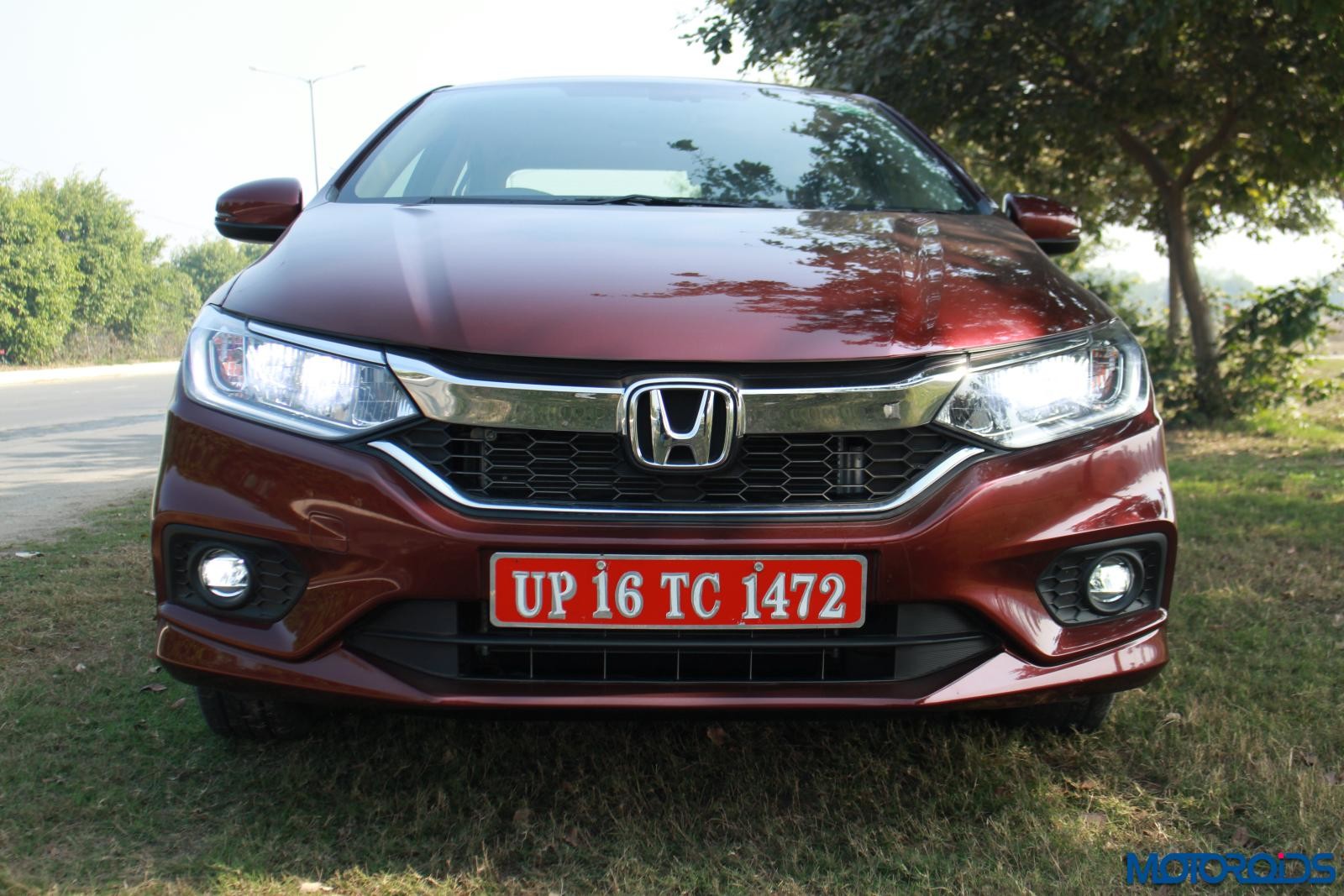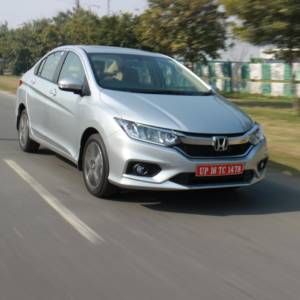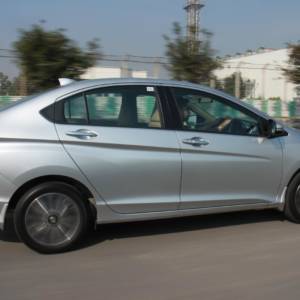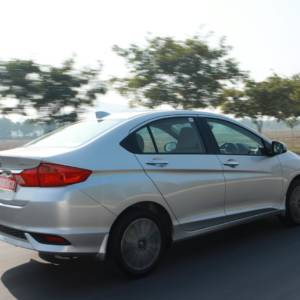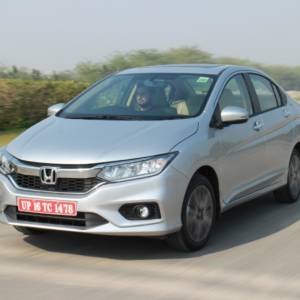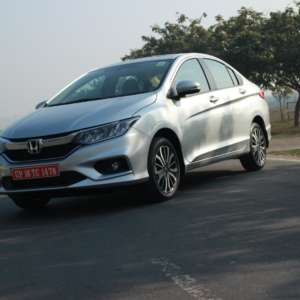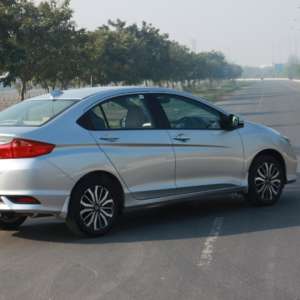Honda City, through its various generations, has been around since 1998. I remember when my uncle bought one in the year 2000, I would never miss a chance to drive it. However, a lot has changed since 1998 and so has the Honda City. What has remained intact is its aspirational appeal among the middle class Indian buyers. With Honda’s reliability, comfortable ride, spacious interiors and roomy back seat, the City is arguably the de facto choice as a sedan for most buyers in its class.
The City’s rivals have kept changing though – the 1998 Honda City’s nemesis was the Mitsubishi Lancer while the current generation Honda City is fighting with likes of VW Vento, Hyundai Verna and Maruti Suzuki Ciaz. Looking at the numbers, it has come out the winner from a popularity perspective. Now the question is – with ever changing competitive landscape, is the new, face lifted Honda City for 2017 geared well enough to maintain its appeal? Let’s find out.
New 2017 Honda City Facelift Design and Styling
The 2017 City is essentially a face lifted version of the existing 4th generation Honda City which was introduced in 2014. At the first look, a lot hasn’t changed in terms of exterior styling. The car retains the light, yet stiff chassis, is propelled by the same power trains as before and the body panels remain the same as well.
The Headline news here is the introduction of LED tech on all of the exterior illumination. The headlamps, fog lamps, tail lamps, rear high mount brake light, mirror mounted blinkers and DRLs are all LEDs. This is probably the most important functional change made to the car’s exterior and should be the biggest draw for the buyers of the new car over the previous version.
Externally, visual changes are restricted to the bumpers, headlights and front grill. The new City 2017 does receive lots of functional changes as compared to the outgoing version though. Also, Honda has discontinued the base ‘E’ variant and the trim levels now start with the S variant and within the existing variants, the new City gets many more toys and features. Also, the top end ZX variant of the car is available only with the CVT transmission and not with the manual gearbox – which is a bit of a letdown, as we are sure that quite a few customers would have wanted the extra features of the ZX variant, without having to compulsorily opt for an automatic transmission.
The front grill now sports a honey comb design which is more pronounced than the older grill which was covered by a meaty chrome panel running across its length. The Chrome strip on the new version gets thinner and we like that.
The older one was too wide and looked a little too loud on a car like this. Headlights get a new shape. The new headlamps get flanked by a thin chrome strip on top and get sharper with the headlights merging into the front grill like an arrow. Fog lamp housing gets smaller but retains the honey comb design. Front bumpers are wider and their lower lip is sportier. Overall the front end looks a bit sharper, yet more elegant.
Come around to the side and nothing has changed here other than the new alloys and a bigger wheel size (16″) for the top variants. The deep groove on the side, raked front and rear windscreens and the curvy roofline are straight out of the previous City. When we drove the 2014 Honda City, we did mention we would like to see sportier alloys and bigger rims. Looks like someone at Honda is a Motoroids fan and went ahead and implemented it. Not only is the design for the wheels new, the top two variants VX and ZX also get the option of 16 inch wheels.
The VX and ZX versions get a two tone diamond cut 16 inch alloys. It’s a somewhat loud design, and may not go down well with those looking for an elegant expression.
Rear bumper also gets a new design and that is the only change in the rear profile. It gets a honey comb design insert at the bottom between the reflectors. The tail lamps are now LED illuminated, and so is the high mounted brake light.
Overall the car looks quite similar to the outgoing version but with functional. updates and some cosmetic ones in a subtle manner.
New 2017 Honda City Facelift Interior And Features
Get inside and you are greeted with more richness and sophistication than before. While the interiors remain largely similar to the outgoing version, there are some nice updates here.
You get a brand new ‘Digipad’ 17.7 cm (7 inch) touch screen infotainment system – in the V, VX and ZX variants. The key features of the Digipad are – satellite-linked navigation, voice recognition, Bluetooth telephony, audio streaming, 1.5 GB internal memory, 2 USB-in slots, 2 microSD card slots and 1 HDMI-in slot.
The new infotainment system runs on Android and boasts an intuitive user interface. It also comprises a Wi-Fi connectivity option which lets you utilize a Wi-Fi connection (say, an occupant’s phone hotspot) to browse websites using the on-screen browser of the system. The system also enables the in-built navigation system to receive live traffic updates using the Internet. Sound output on the system is through an eight speaker setup and sounds pretty good for the class.
The new system also has MirrorLink compatibility. The car has twin USB slots, one of which can be used to run MirrorLink apps given your phone is MirrorLink enabled. One important point to note here is that while MirrorLink does offer some features, it’s limited in use as compared to Android Auto or Apple CarPlay.
Passenger side dashboard gets softer touch materials while the MID (multi information display) on the instrument console gets white illumination, enhancing the sophistication levels.
There are other enrichments such as steering switches and AC vent knobs getting the chrome treatment.
AC controls remain the same – touch controls which turn completely black when the car is switched off.
There are no switches on the centre console other than on the Digipad for browsing through the infotainment options.
Cabin is spacious and comfortable. As before, there is generous leg room in the rear seat even with front seats pushed all the way back. Seats have good contours and cushioning which enhances the comfort significantly.
Steering can now be adjusted for tilt as well as reach. Cruise control would let drivers relax their right foot and just cruise on long highway drives.
There is no dearth of comfort features at the back. Rear AC vents will keep the back benchers well insulated from the scorching Indian summers and in case it’s a balmy winter afternoon, one can open the sunroof.
Rear view camera gets three viewing angles which is of great help in manoeuvring the car while reversing and adds to the driver’s awareness of obstacles which cannot otherwise be seen sometimes.
There are enough 12V Sockets and USB ports in the car to charge a sack full of gadgets. All these features are carried forward from the outgoing City.
Push button start has become a common feature in this segment so no surprises there. Instrument cluster remains the same – with the three pod design cleanly laid out. Left shows the revs, middle one the speed and right one is the MID. We really like the feature of speedo ambient light changing based on throttle input. It is green if the driver is driving economically and turns blue otherwise.
Instantaneous fuel efficiency is shown on top of MID as a bar graph, ambient temperature at the bottom, trip and odometer in middle of the MID.
There are enough cubby holes all around to keep your beverage cups and bottles. Two cup-holders between the front seats, door pockets big enough for one litre water and two cup holders on the rear seat central armrest ensure that you’d never fumble looking for storages for the odd water bottle or the coffee cup. There is also a neat little pocket next to the hand brake lever to keep the wallet.
New 2017 Honda City Facelift Engine And Performance
Now, let’s see how the new City is to drive. During the test drive, we drove the Petrol VX version with manual transmission. One of the biggest talking points of the fourth generation Honda City was the introduction of the i-Dtec diesel engine, as diesel engines were ruling the roost around 2014. However, things have changed since then and now petrol engined City variant comprises 70% of all City sales. So here’s how the petrol powered City feels to drive.
The engine remains the same 1.5L i-VTEC mill delivering a maximum power of 119 PS @6600 rpm and peak torque torque of 145 Nm @4600 rpm. Transmission options include a 7-speed CVT with paddle shifters or a 5-speed manual transmission. The CVT version delivers a fuel efficiency of 18 kmpl while the manual transmission gets an ARAI rating of 17.4 kmpl. Now this might be surprising to a few as CVTs are traditionally known to be less fuel efficient. Kudos to Honda for having achieved the feat.
The 1.5 -DTEC diesel is also very much there, and remains unchanged. Peak power is rated at 100hp at 3600rpm, while peak torque 200Nm at 3600 rpm. There’s only a 6-speed manual gearbox available with this one though. For this test drive, we drove only the petrol powered version.
The i-VTEC is one of the most revered engines in the automotive history, and during our drive we were mightily impressed by the buttery smooth powerplant which one can barely feel or hear while idling. Press the accelerator and power comes in a smooth surge pulling the car ahead. The gearing ratios are very well sorted. One needn’t rev this motor too hard to get it going. However for the days when one might feel like a race car driver, the engine can rev upto a lofty 7,000 RPM.
A highlight here is the engine’s smoothness and intent to rev even at high RPMs, which gives it a dual character – both practical and sport. Transmission is pretty appreciable too and working our way fluidly through the gears we found ourselves cruising effortlessly at 100 kmph on the Yamuna Expressway. In-gear acceleration is impressive and in most cases rules out the need of down shifting for overtaking. However, if power going a cog down, more often than not, would be all you’d require for a swift, clean overtake.
The City feels planted at high speeds with barely any sounds managing to filter through the cabin. Even at moderate to high speeds, the City managed wavy undulations rather well. Sure, the suspension is sprung on the softer side, and the City is oriented towards a cushy ride than offering the most engaging dynamic ability – but that’s essentially what the customers are looking in this segment. Those meriting outright handling over ride quality will have to look elsewhere.
Having said that, the new City gets a wider set of tyres for the top two trims (VX and ZX). The top two variants get 16 incher wheels shod with 185 section rubber as against the 175 section 15 inch wheels on the lower variants. This in turn means the handling on the top spec versions has improved owing to better grip and slightly stiffer primary suspension. The overall character of the suspension is still soft and translates in some amount of body roll, especially on the lower spec variants. However, for the top spec variants, the overall feel of the steering, along with the confidence the car inspires around the bends has shot up by a fair margin.
The New City glides over small undulations and even at high speeds, the ride does not get bumpy. The engine is absolutely unmatched for its segment, NVH levels are very low which means that we had to look at the tachometer to really see if the engine was on or not while idling.
Sitting in the co-passenger seat on way back (as the other journalist drove the car) to Lalit Hotel from Greater Noida, I was relaxed and comfortable. Rear seats are very comfortable too with ample under thigh support and leg room, thick cushioning and comfortable back support. There was ample leg room even with front seats pushed all the way back. This is a car I would use on a daily basis – be it self-driven or chauffeur driven. With Ground Clearance at 165 cm, belly scrapping will sometimes happen on the bigger speed bumps on Indian roads when the car is fully loaded but with skid plates protecting the under belly of the engine, there won’t be any damage done.
We did not get a chance to drive the i-DTEC engine. Engine noise was one of the shortcomings of that engine and Honda has again listened to the market and added lots of sound cushioning bits to the Diesel version. We do hope to drive the diesel Honda City soon so that we can find out of those changes have worked.
New 2017 Honda City Facelift Safety
For the 2017 version, the Honda City gets dual airbags and ABS as standard. With the introduction of side and curtain airbags on the top spec ZX trim, the City now boasts as many as 6 airbags on the top variants. Also, the ISOFIX child seat mounts are now standard even on the most basic variant which is a good things. All these changes take the safety quotient of the City up a few notches.
New 2017 Honda City Facelift Prices
| Variant | Petrol | Diesel | |
| – | MT | CVT | MT |
| S | INR 8,49, 990 | – | – |
| SV | INR 9,53, 990 | – | INR 10,75,990 |
| V | INR 9,99, 990 | INR 11,53,990 | INR 11,55,990 |
| VX | INR 11,64, 990 | INR 12,84,990 | INR 12,86,990 |
Honda has done away with the base variant E as that trim’s sales contribution was a miniscule 2%. The prices of some variants have increased while some have decreases but the features in each variant have only increased.
Comparing the prices with the rivals, the City is more expensive. Especially, the top of the line ZX variant can go up by a couple of lakh rupees over its cheaper nemeses.
New 2017 Honda City Facelift Verdict
Honda City has largely been the segment leader for some time now and we believe this new variant will help the Japanese car maker retain its leadership position. The car offers everything that one requires from a mid-segment sedan – comfort, luxury, features, decent performance and excellent ride quality. Honda’s reliability, low cost of maintenance and re-sale also act as big draws for new customers. On the downside, the City isn’t the most dynamically able machine in its segment. The car is also not very visually differentiated from the outgoing version. As a product, the City retains all its impeccable quality and adds some new ones. As things stand, the New 2017 City facelift continues to be one of the most sensible buys in its segment, and you simply cannot skip taking its test drive a miss if you are buying in the segment.
New 2017 Honda City Facelift Technical Specifications
| Type | Water Cooled 4 Stroke SOHC i-VTEC Inline 4 Cylinder | Water Cooled 4 cycle DOHC i-DTEC Inline 4 Cylinder |
| Displacement (cm3) | 1497 | 1498 |
| No. of Valves | 16 | 16 |
| Power (kW [ps] @ rpm) | 87.7 [119]@6600 | 73 [100]@3600 |
| Torque (Nm @ rpm) | 145@4600 | 200@1750 |
| Fuel Efficiency (km/I) | 17.4 (MT), 18.0 (CVT) | 25.6 (SV, V), 25.1 (VX, ZX) |
| Petrol | Diesel | |
| Manual | 5 Forward & 1 Reverse | 6 Forward & 1 Reverse |
| Automatic | CVT (Continuosly Variable Transmission) |
| Dimensions | Petrol | Diesel |
| Overall Length (mm) | 4440 | |
| Overall Width (mm) | 1695 | |
| Overall Height (mm) | 1495 | |
| Wheelbase (mm) | 2600 | |
| Front Track (mm) | 1490 (S, SV, V), 1475 (VX, ZX) | |
| Rear Track (mm) | 1480 (S, SV, V), 1465 (VX, ZX) | |
| Kerb Weight MT (kg) | 1058 (S), 1063 (SV), 1061 (V), 1084 (VX) | 1147 (SV), 1148 (V), 1170 (VX), 1175 (ZX) |
| Kerb Weight CVT (kg) | 1080 (V), 1100 (VX), 1107 (ZX) |  |
| Max. GVW MT (kg) | 1433 (S), 1438 (SV), 1436 (V), 1459 (VX) | 1522 (SV), 1523 (V), 1545 (VX), 1550 (ZX) |
| Max. GVW CVT (kg) | 1455 (V), 1475 (VX), 1482 (ZX) |  |
| Fuel Tank Capacity (litres) | 40 | |
| Seating Capacity (persons) | 5 | |
| Trunk Space (litres) | 510 | |
| Steering System | Collapsible Electric Power Assisted | |
| Turning Circle Radius (m) | 5.3 | |
| Front | McPherson Strut, Coil Spring |
| Rear | Torsion beam axle, Coil Spring |
| Anti-Roll Bar | Torsion Bar Type |
| Front | Disc (Ventilated) |
| Rear | Drum |
| Parking | Manual / Rear Wheels |
| Wheel Type | 15 x 5.5 J Steel (S, SV), 15 x 5.5 J Alloy (V), 16 x 6 J Alloy (VX, ZX) |
| Spare Wheel Type | 15 x 5.5 J Steel (S, SV, V), 16 x 6 J Alloy (VX, ZX} |
| Tyre Type & Size | Tubeless Radial Ply, 175/65 R15 84T (S, SV, V), 185/55 R16 83H (VX, ZX) |

